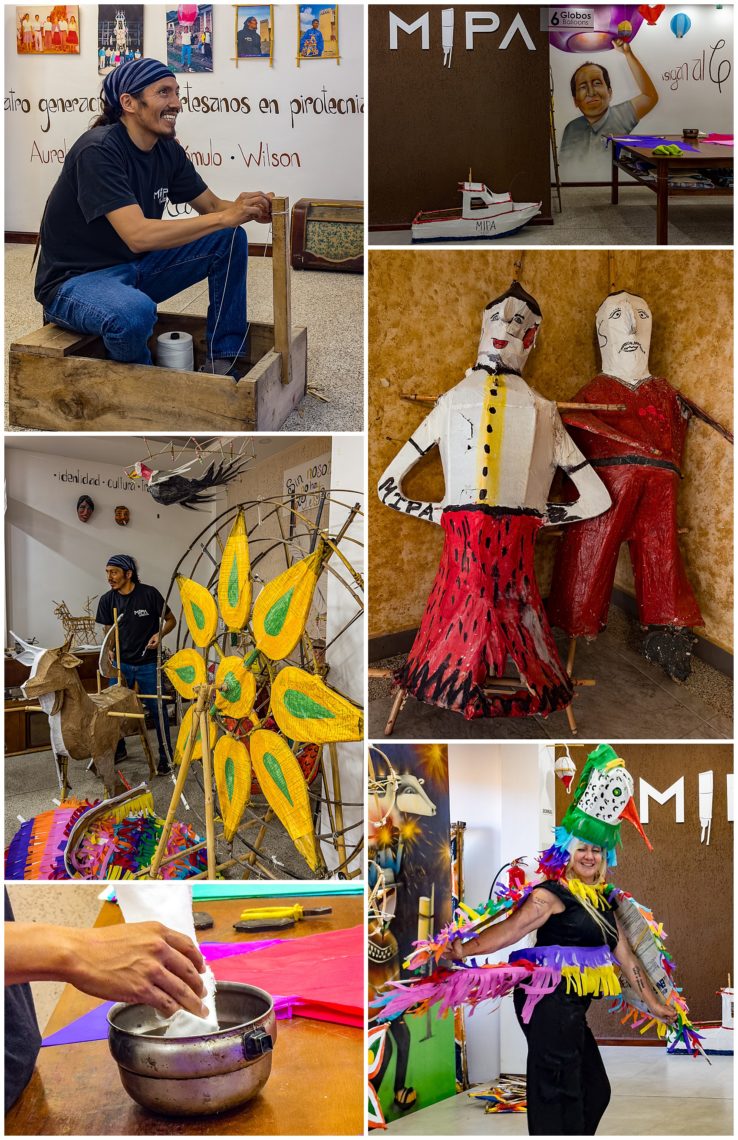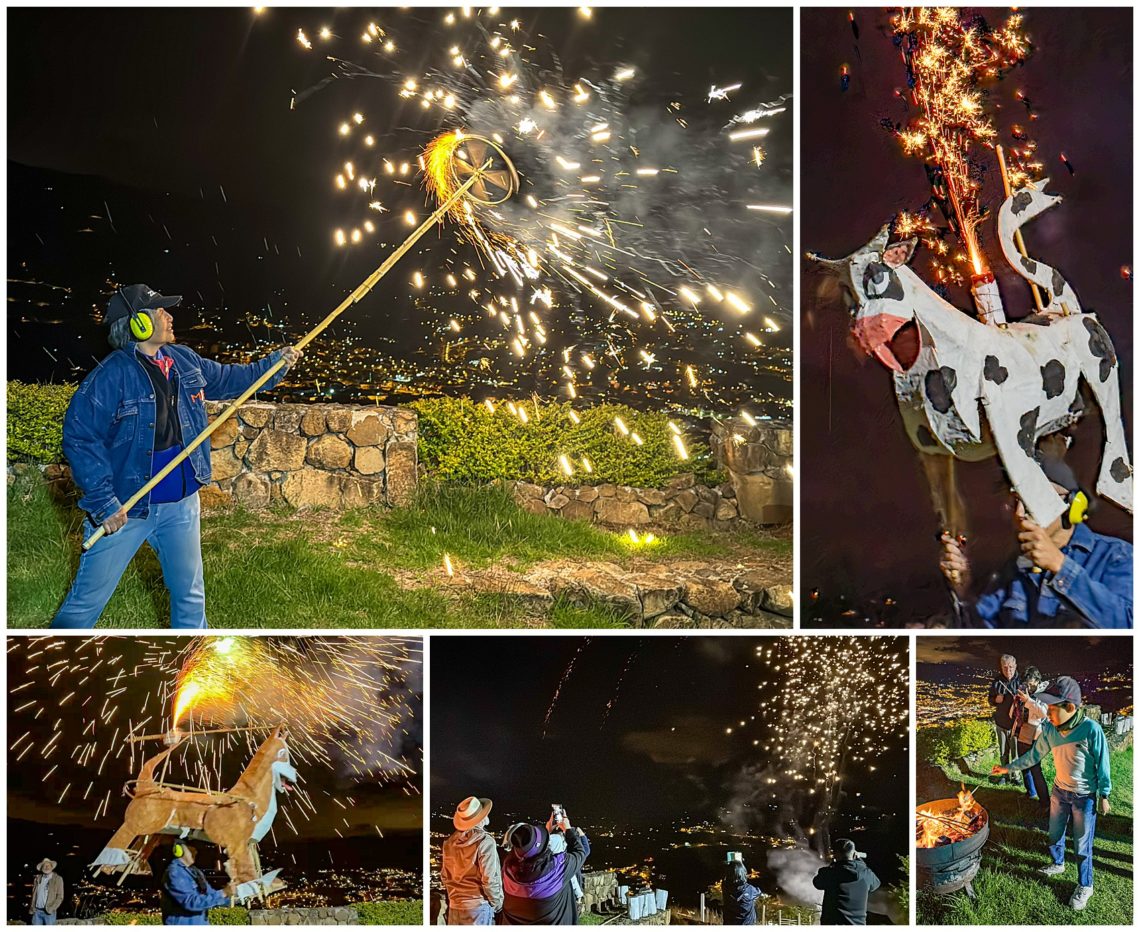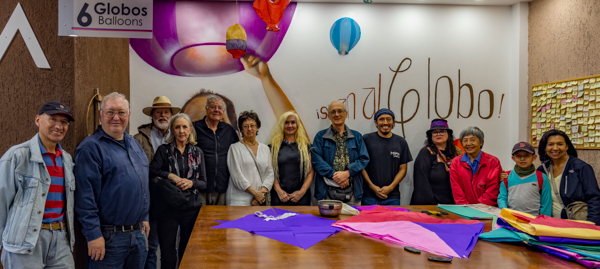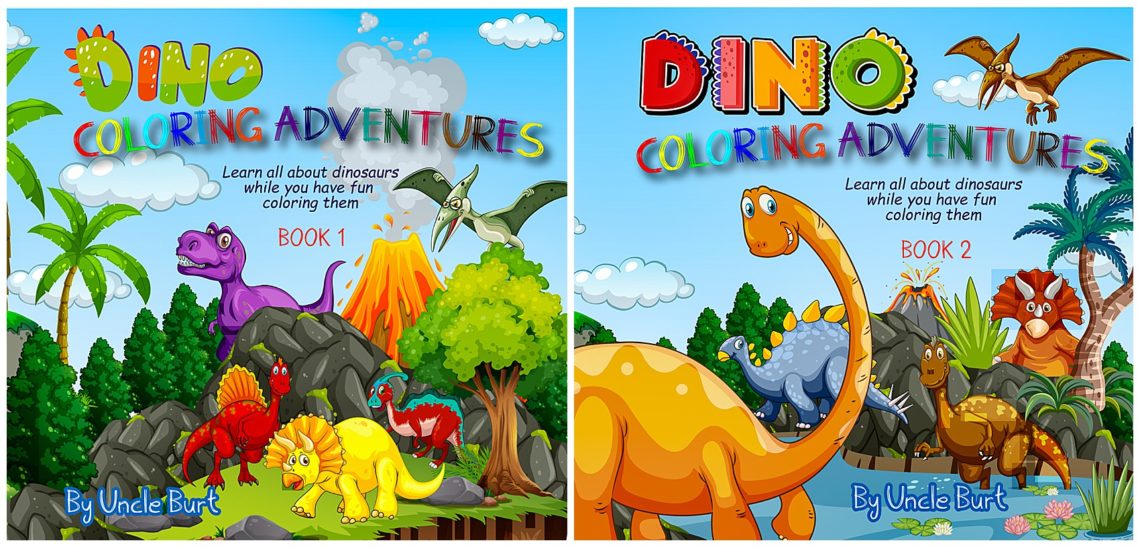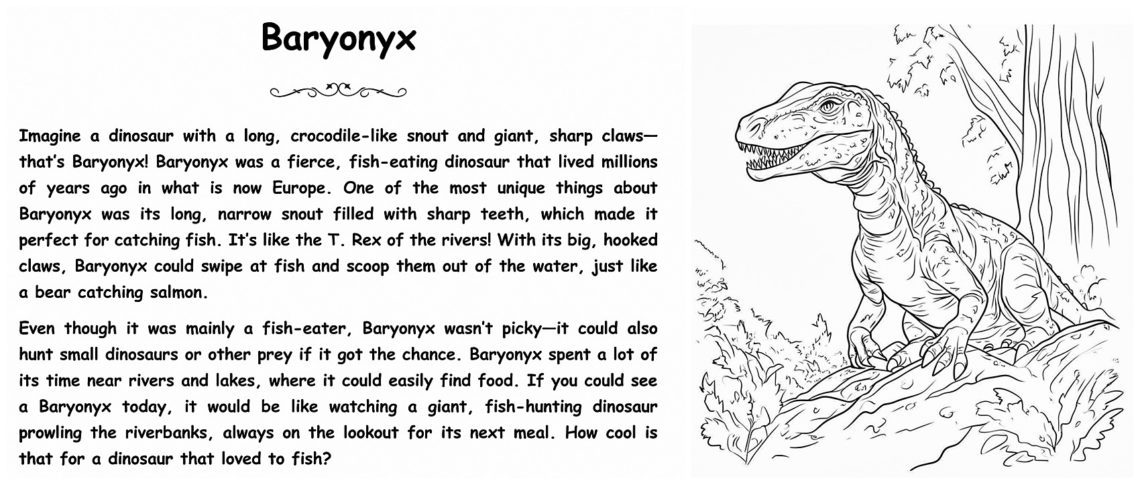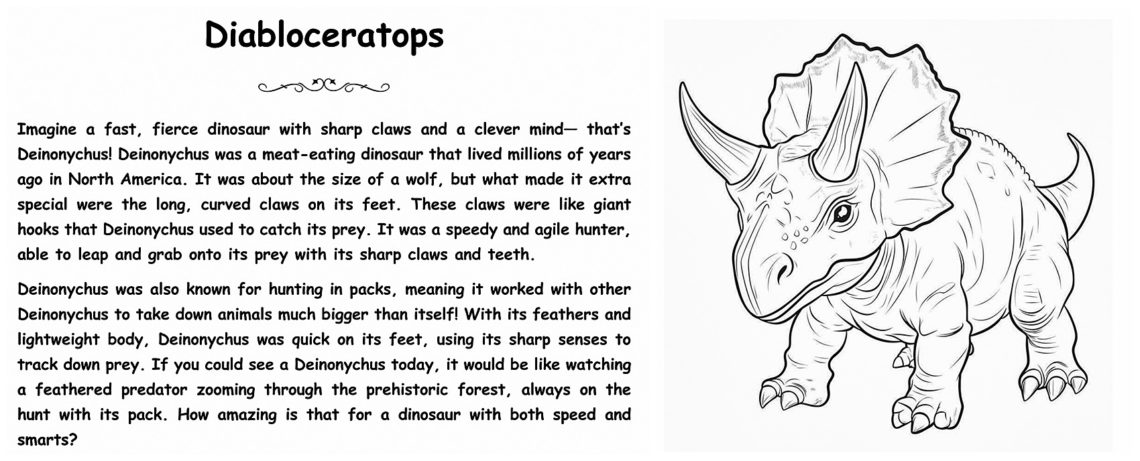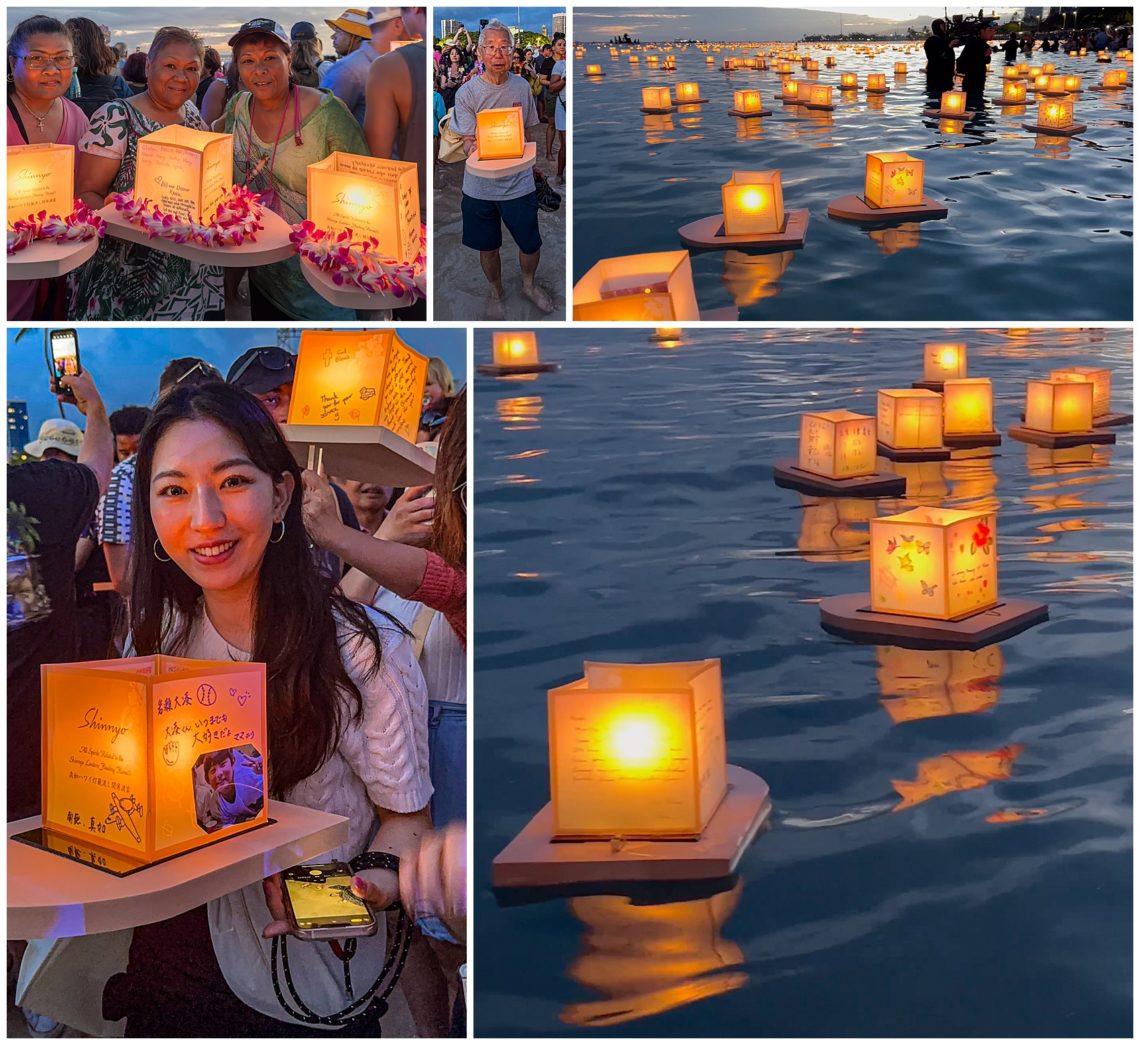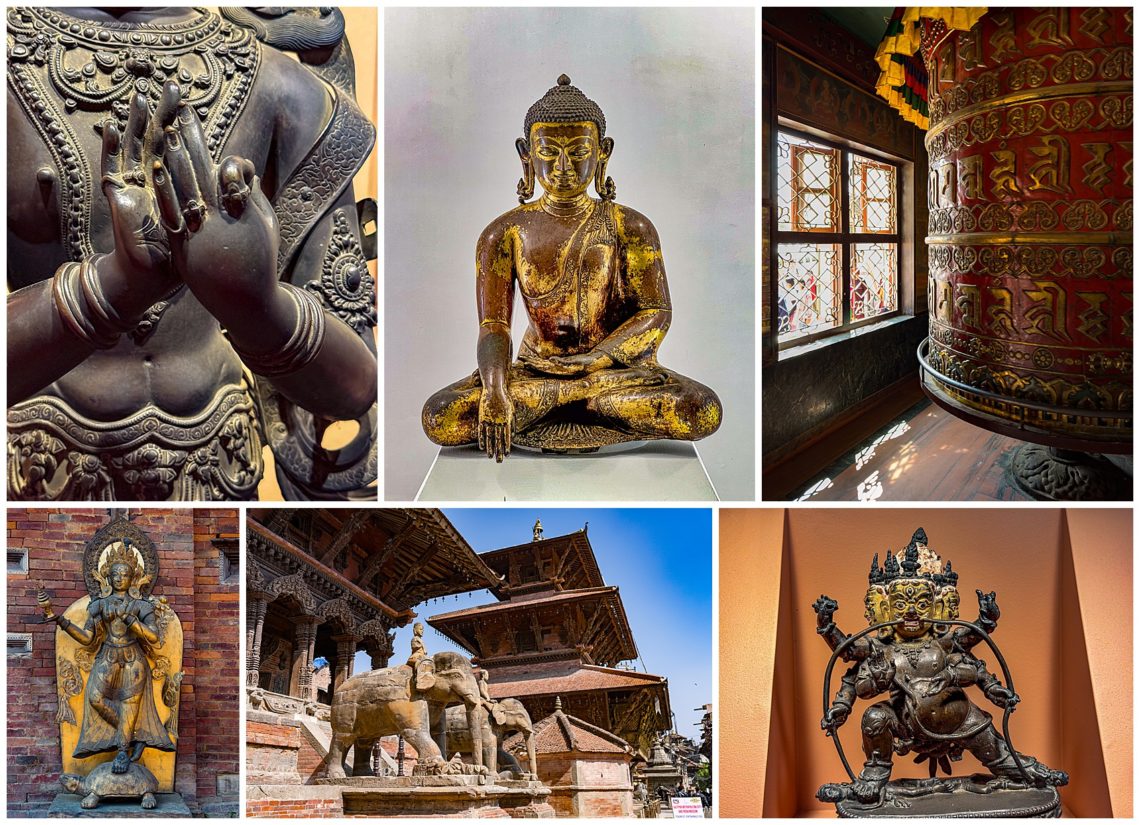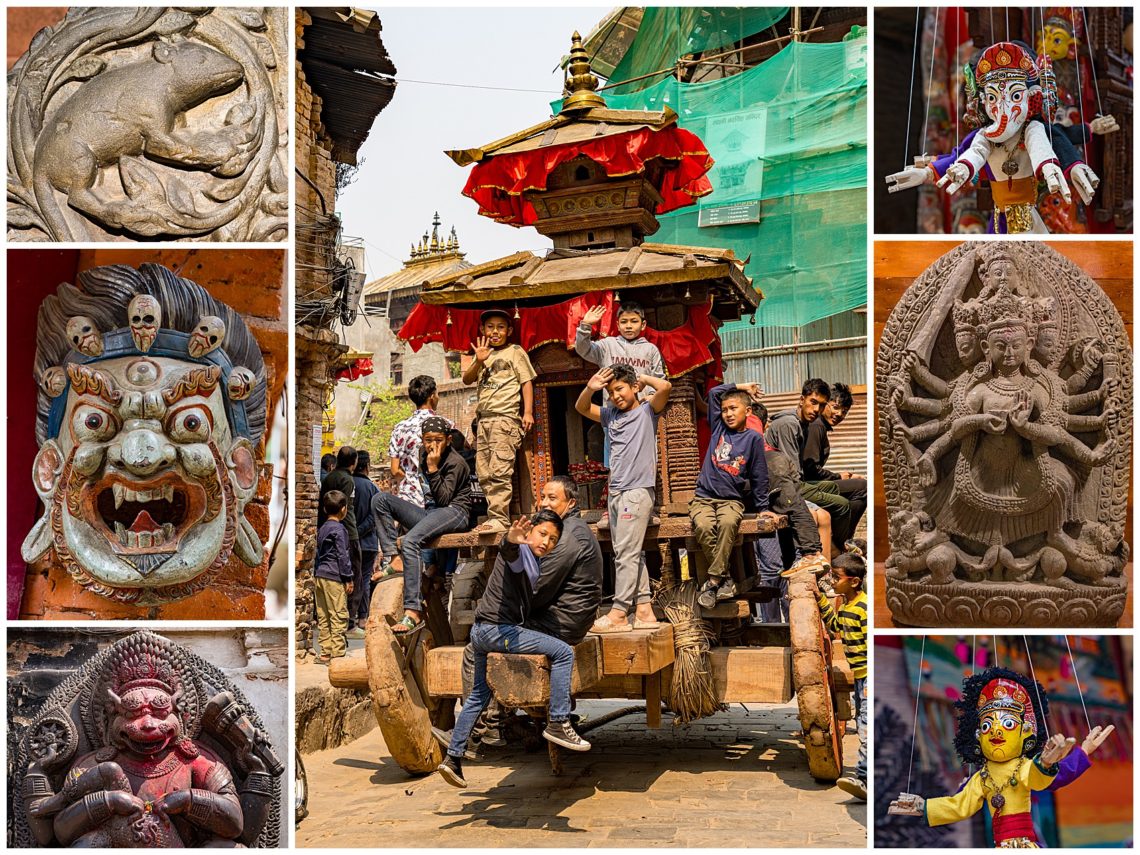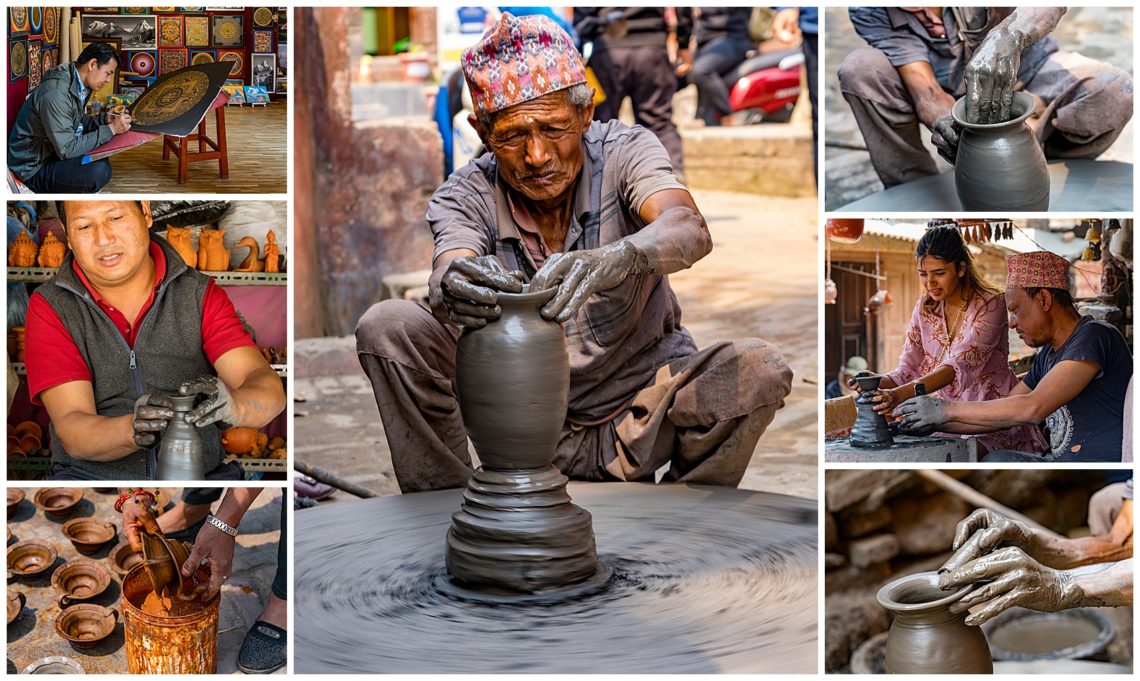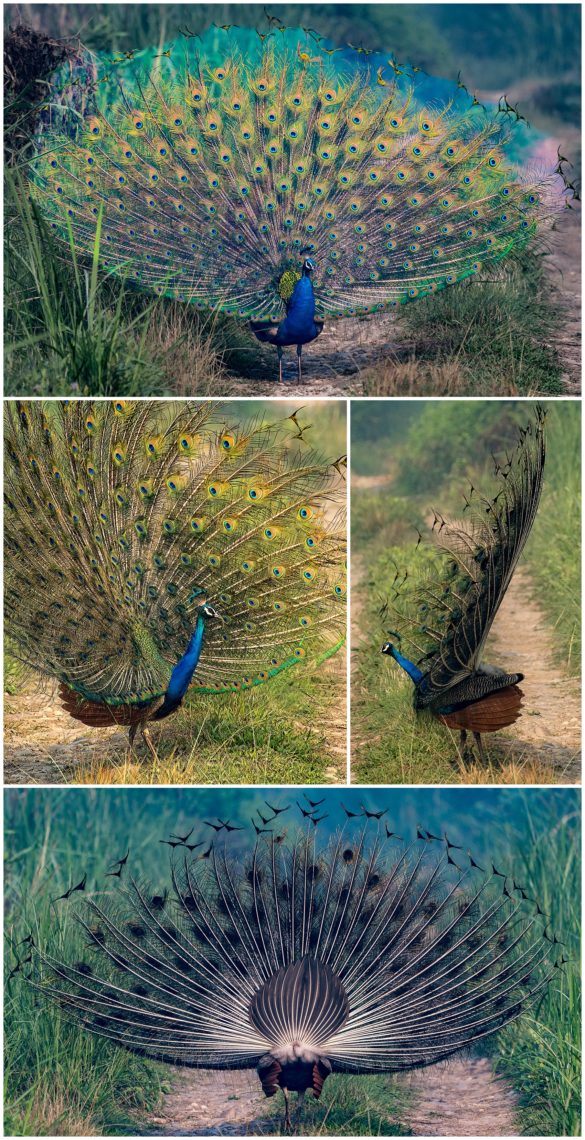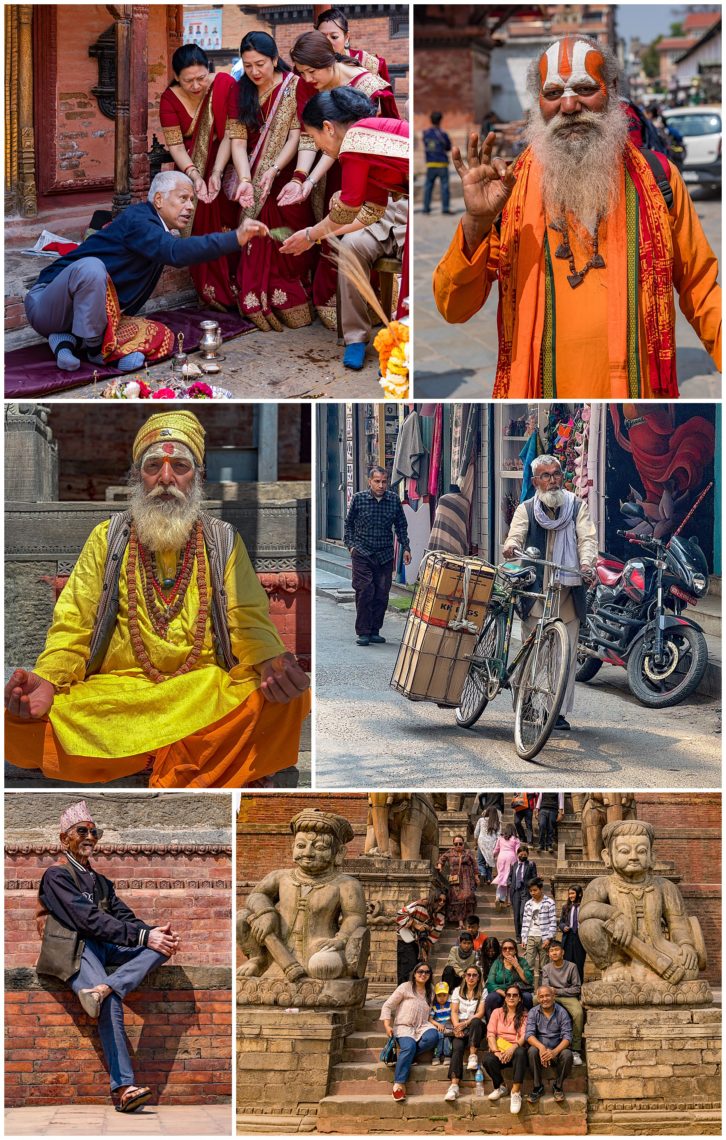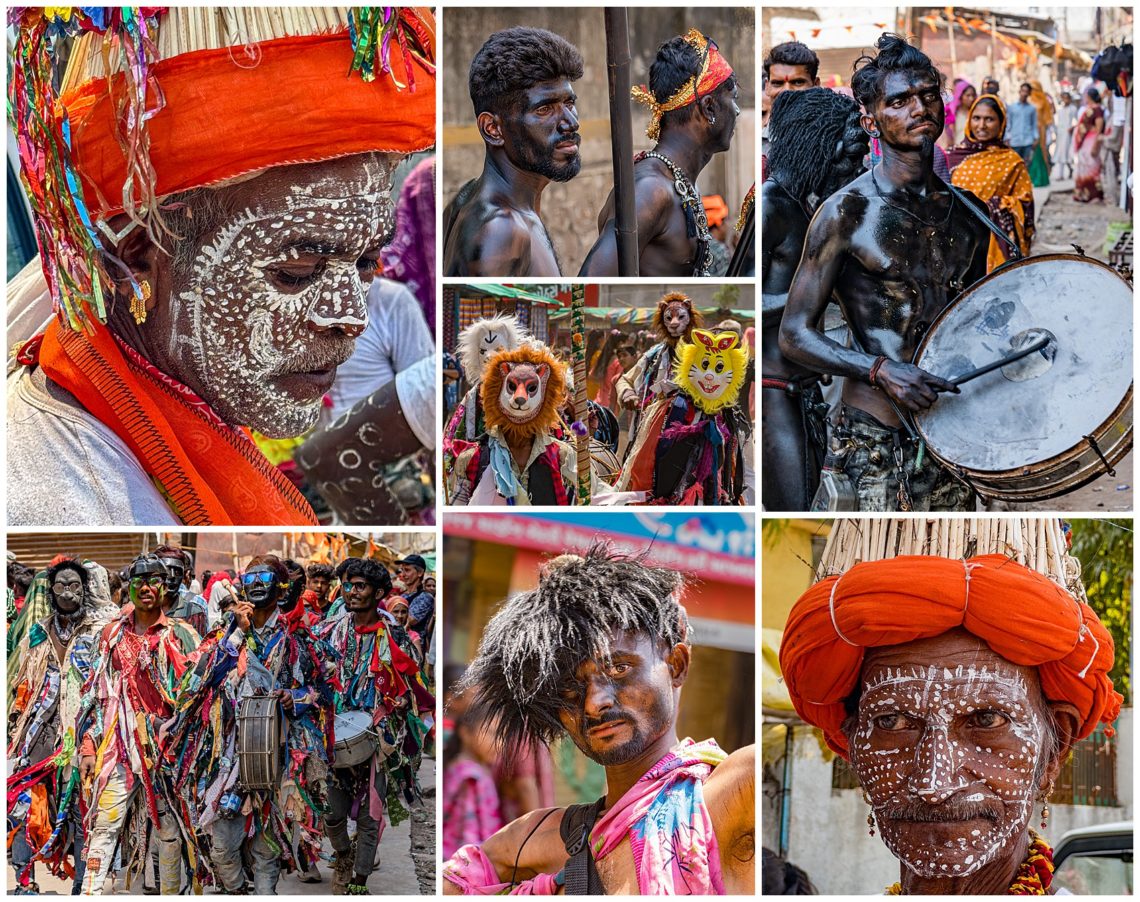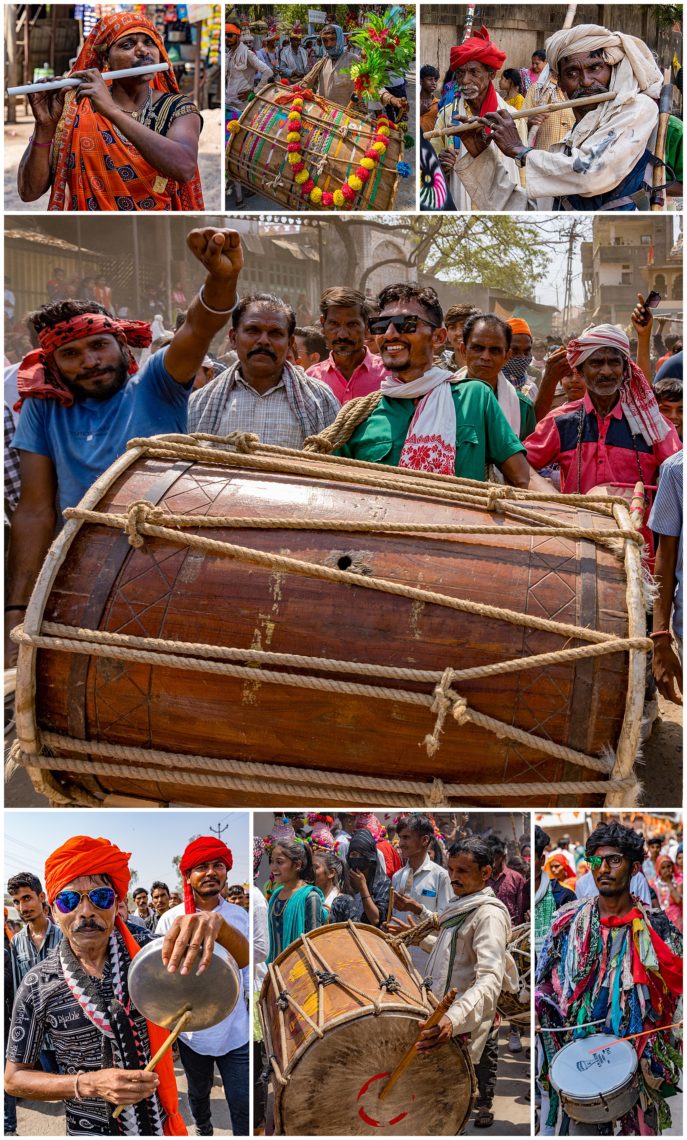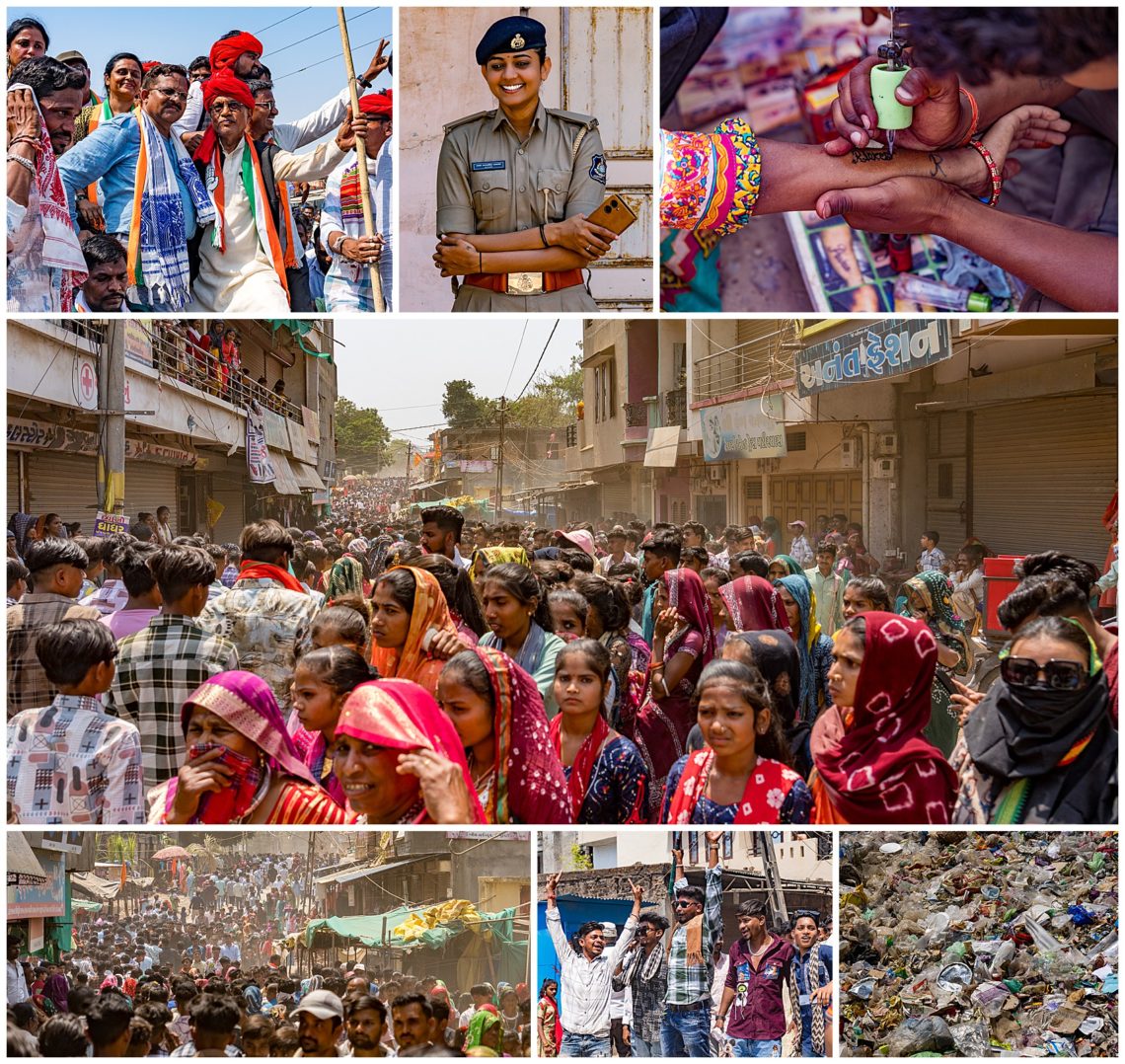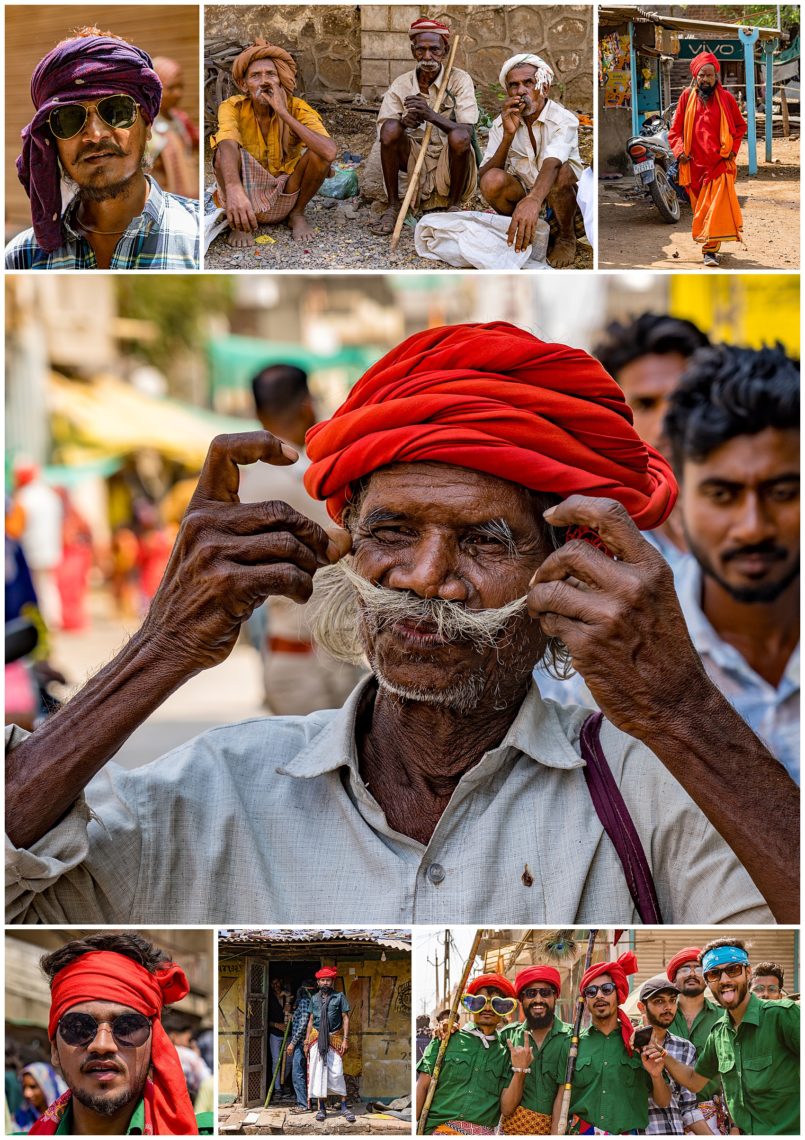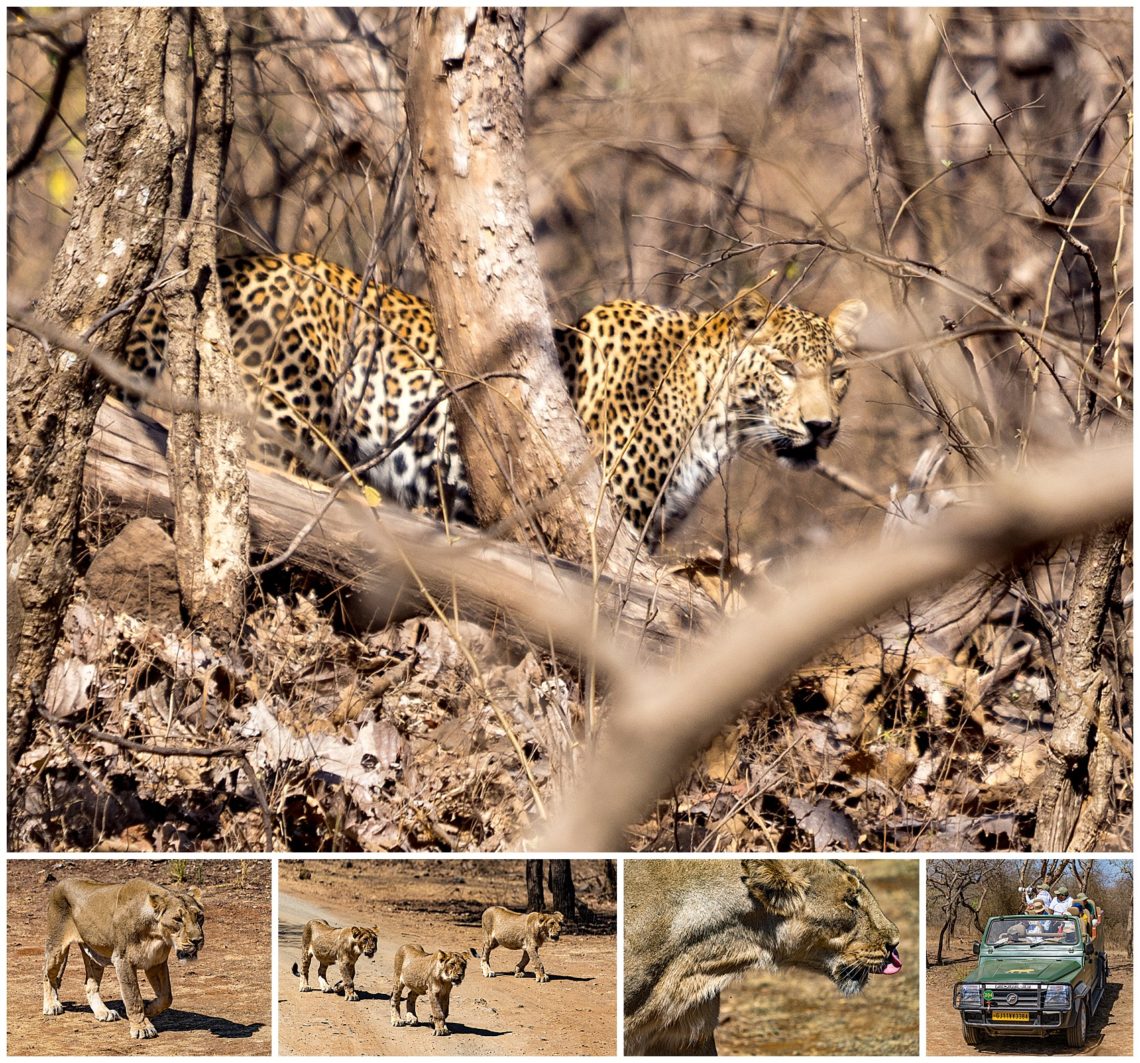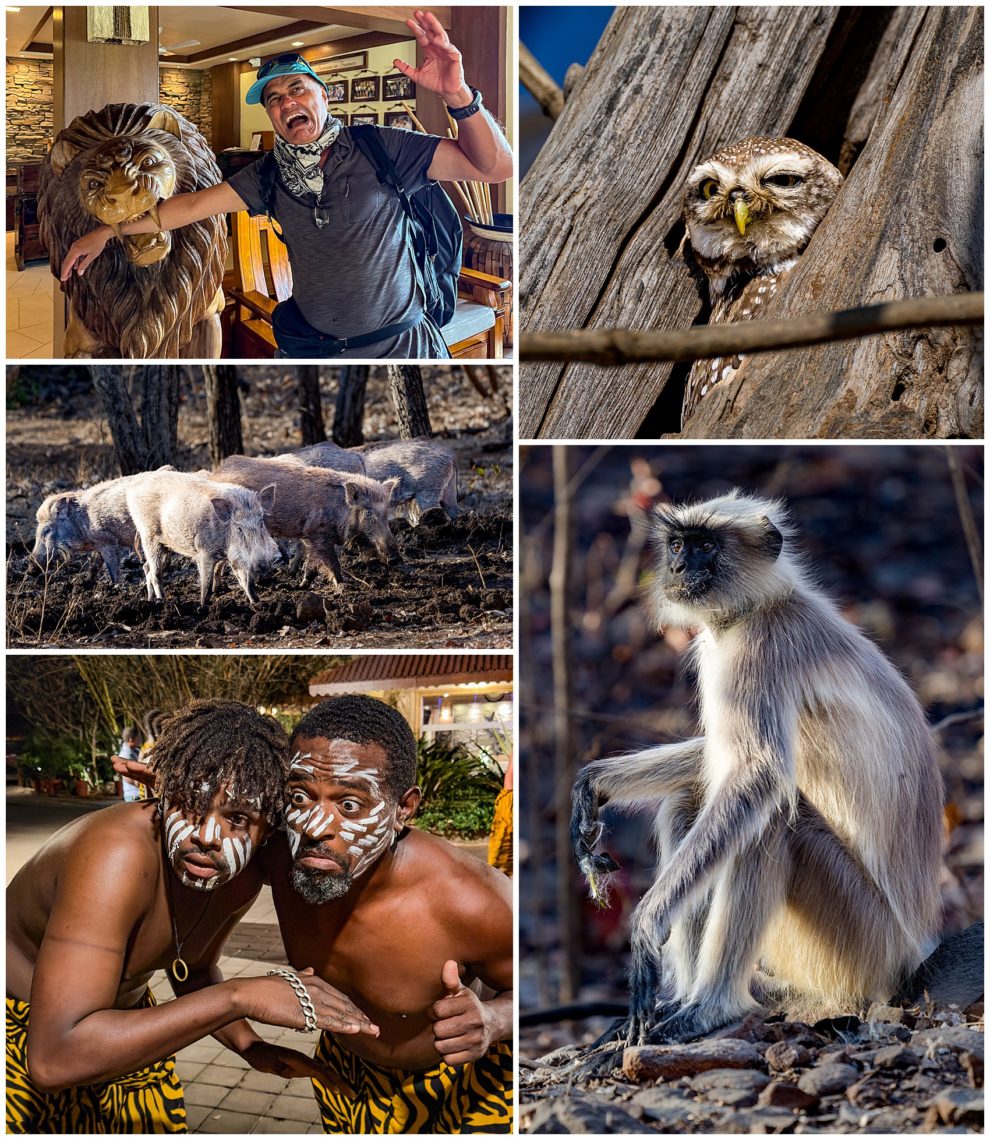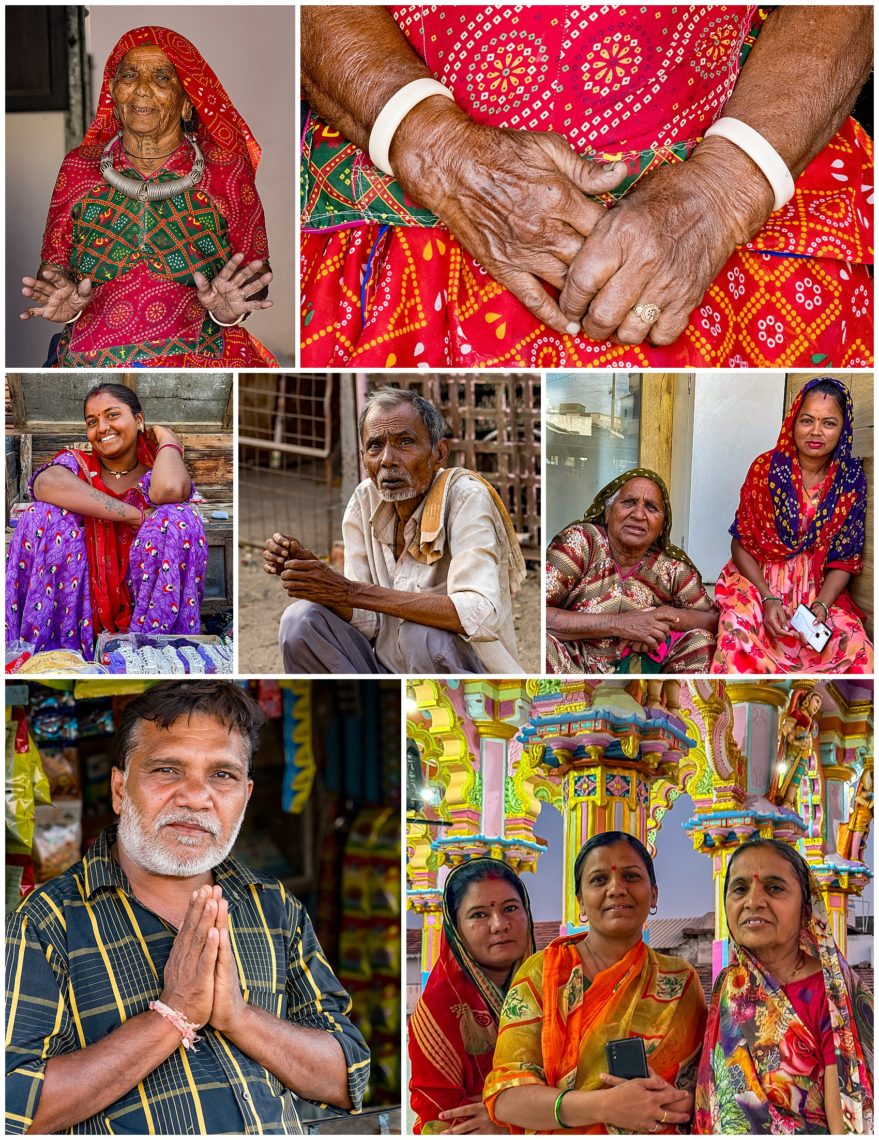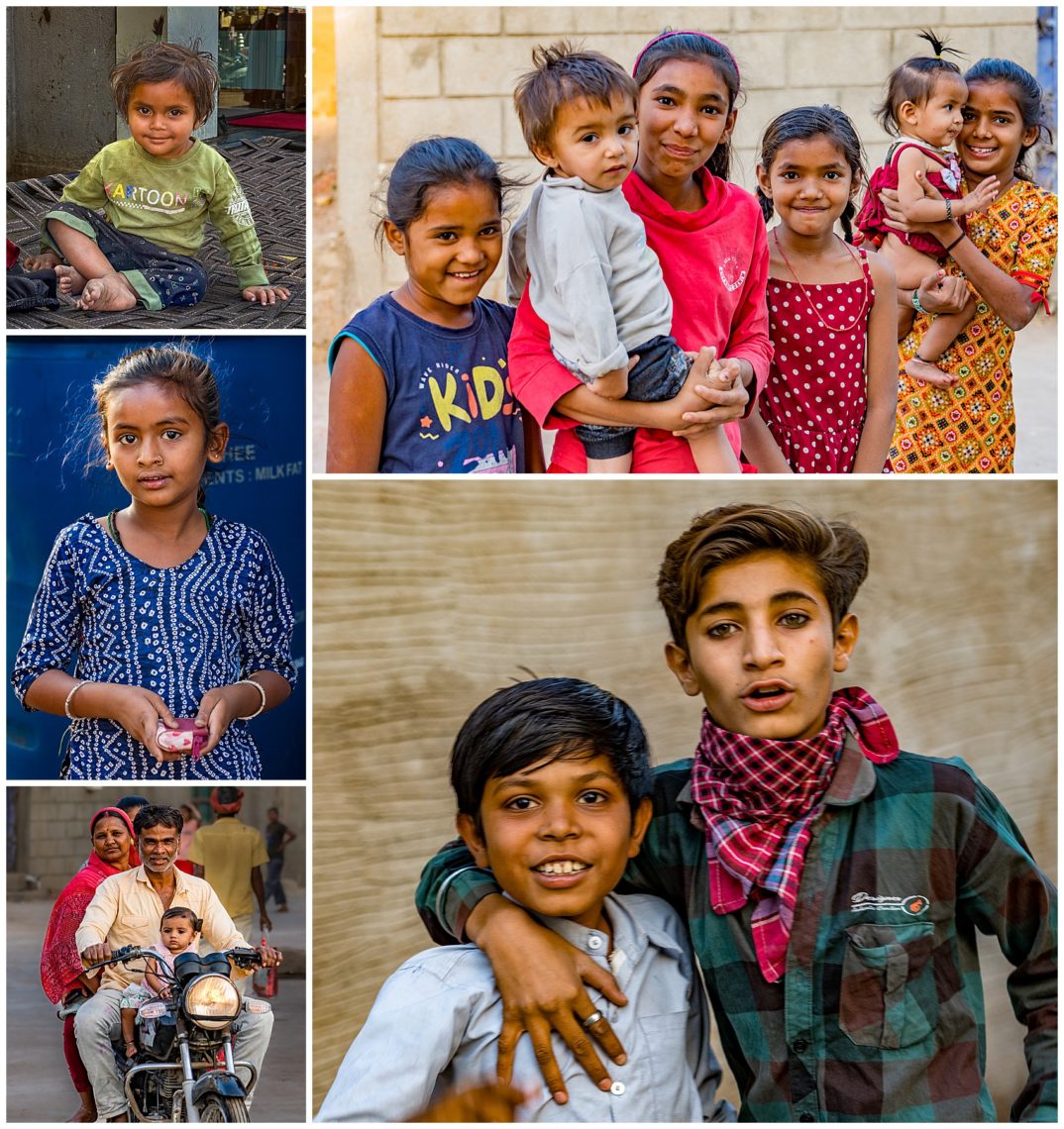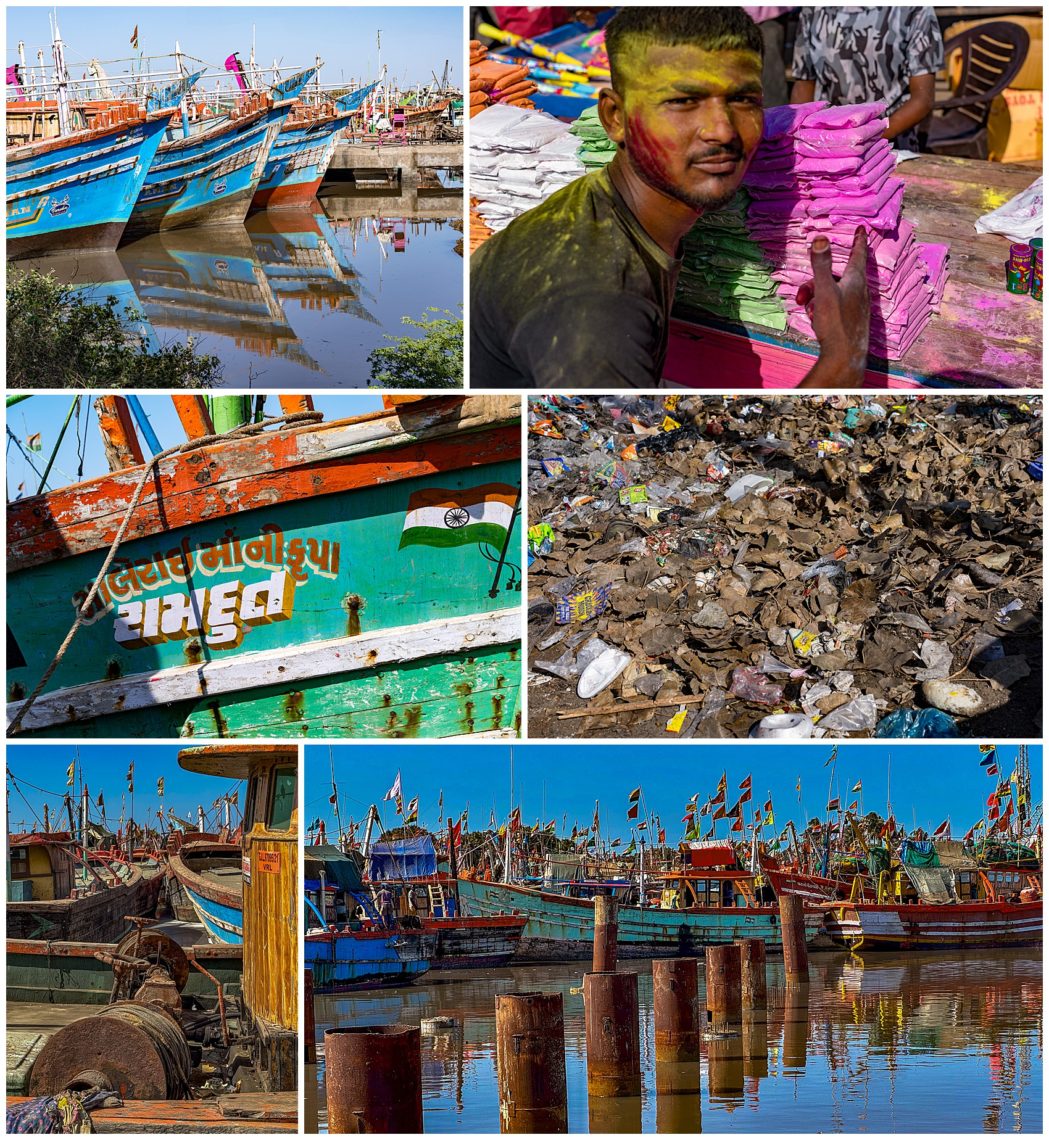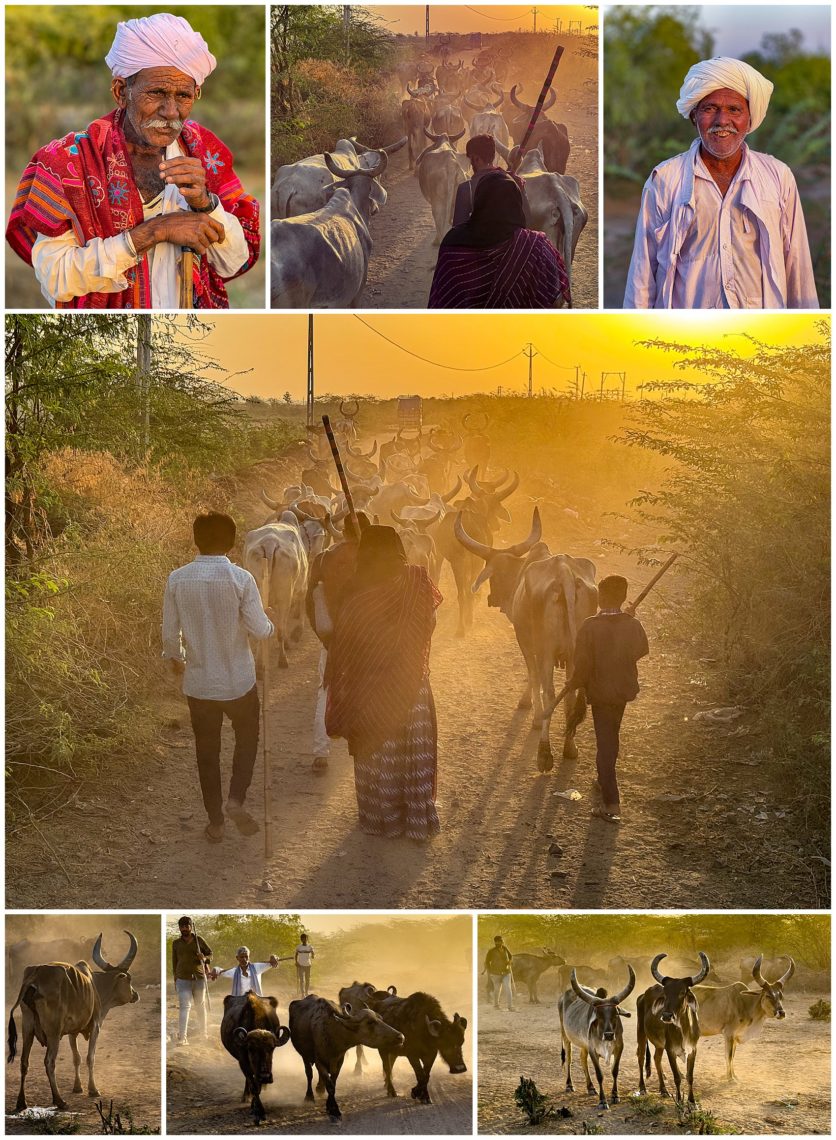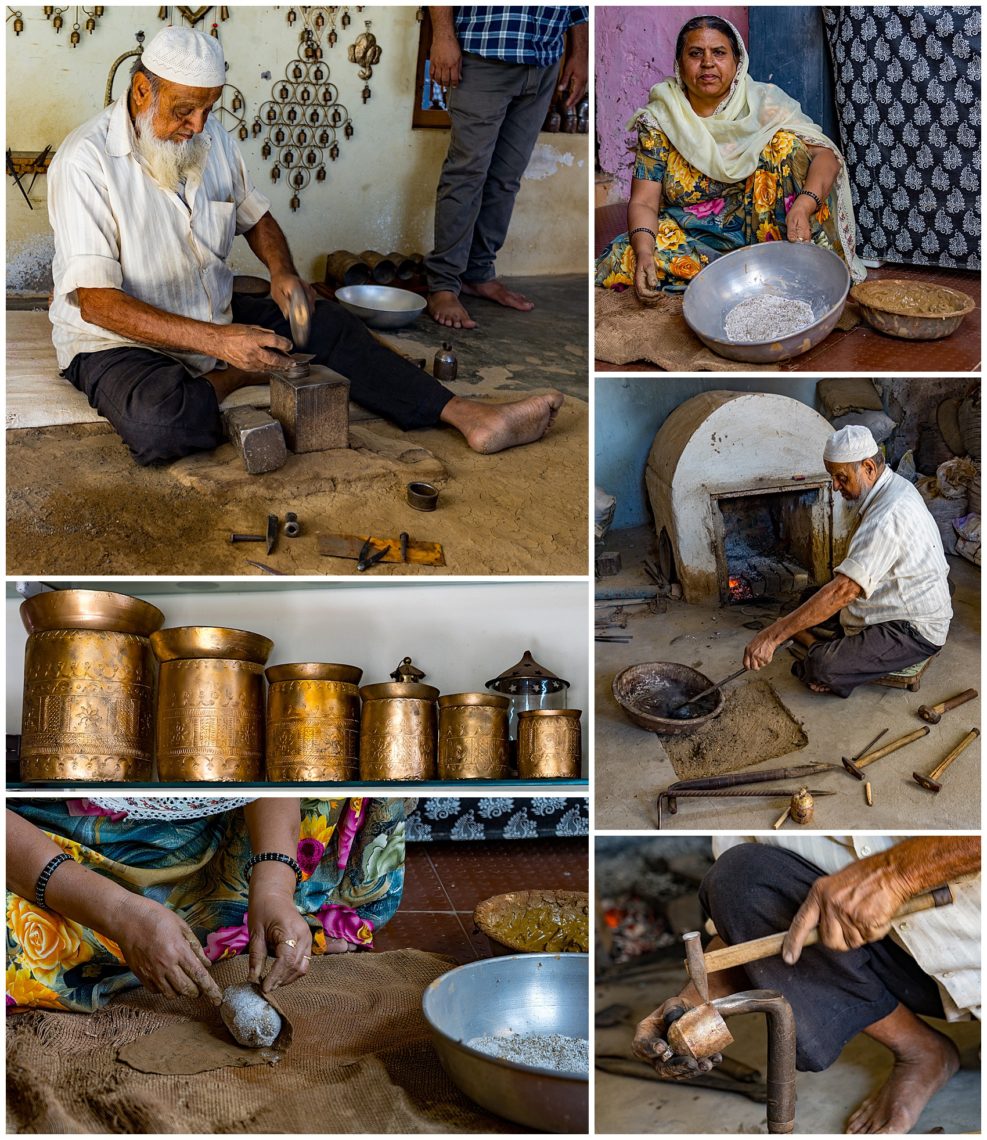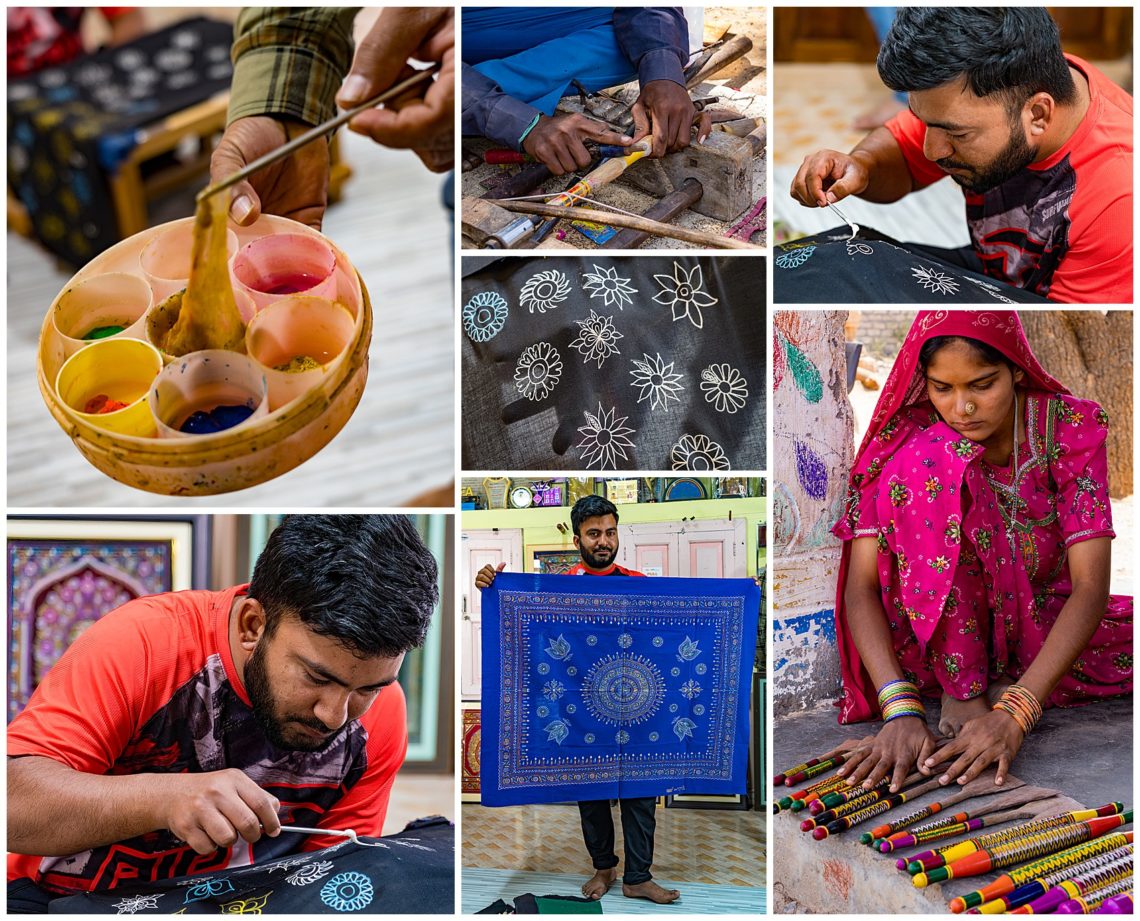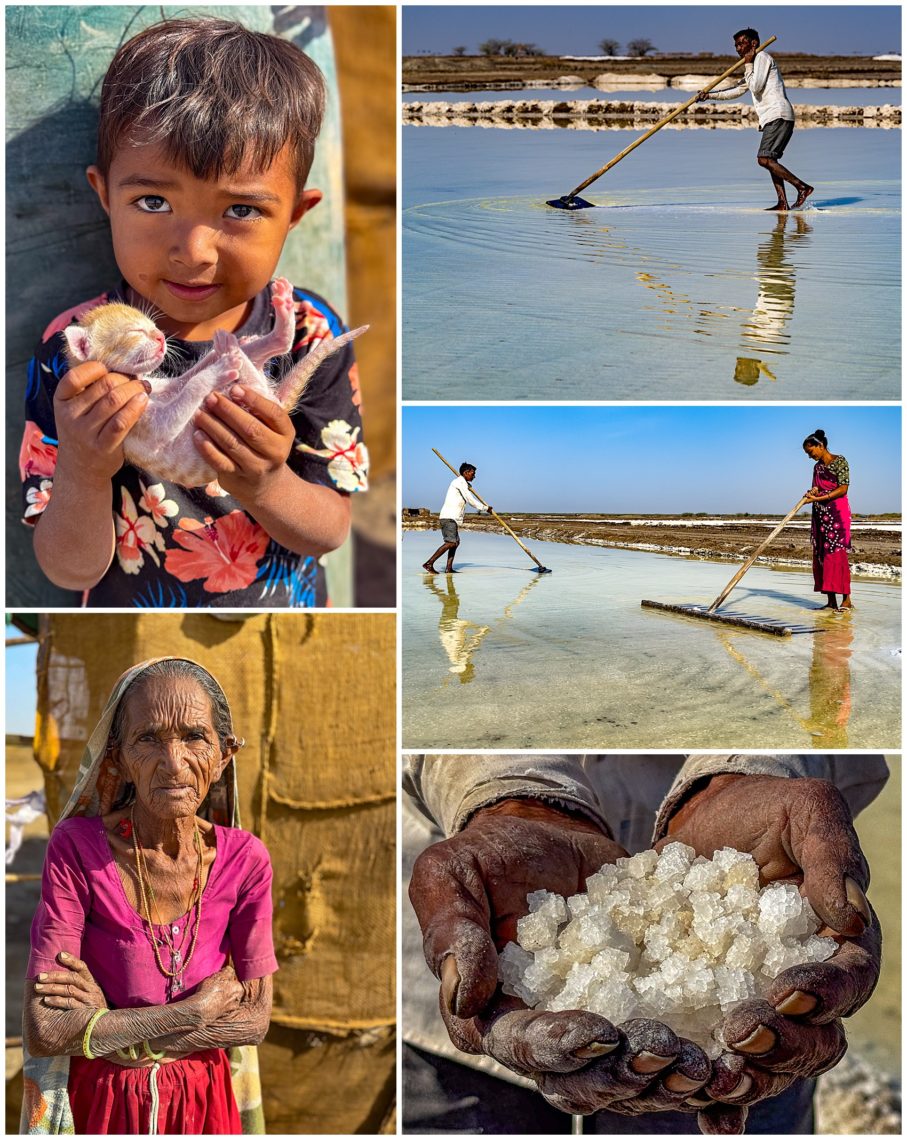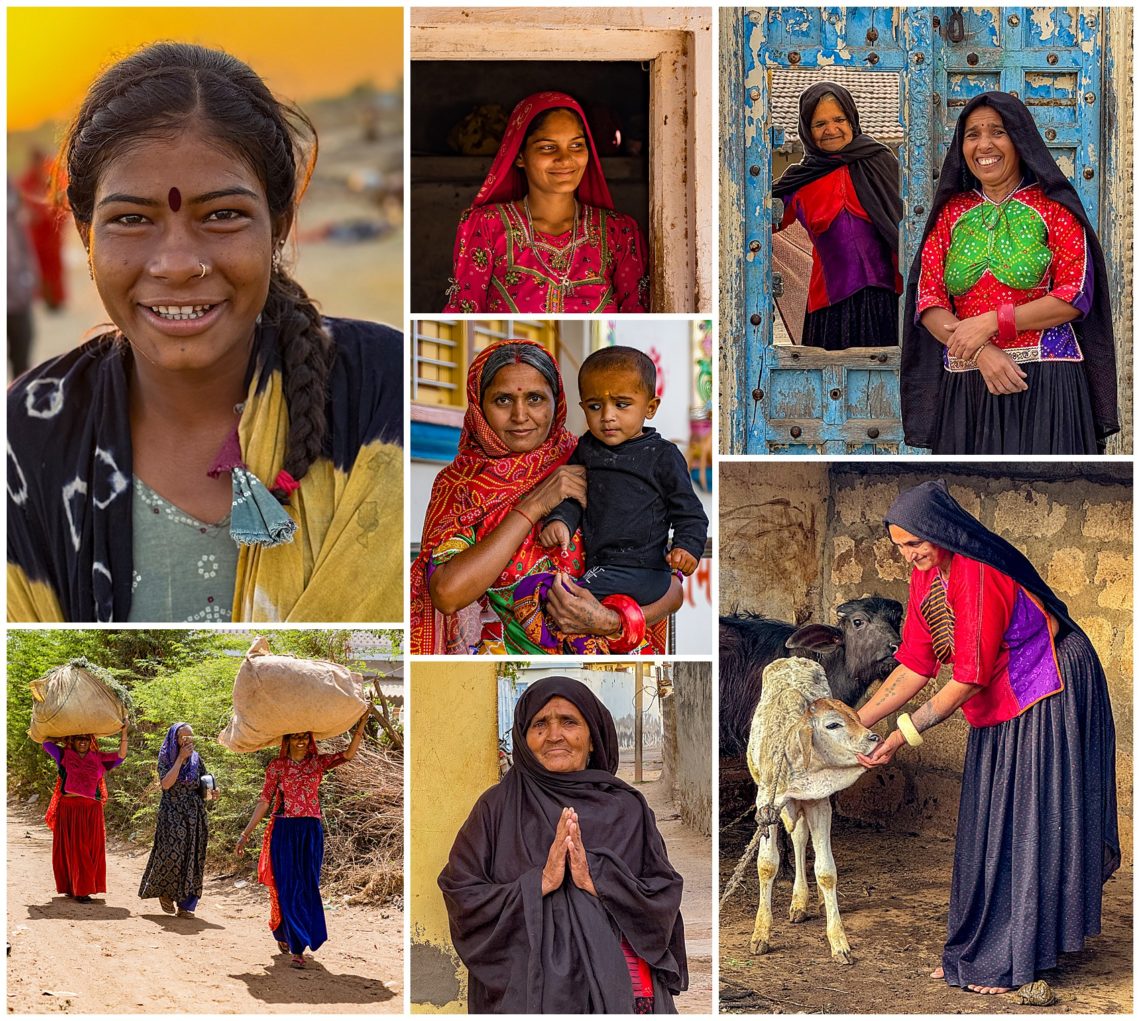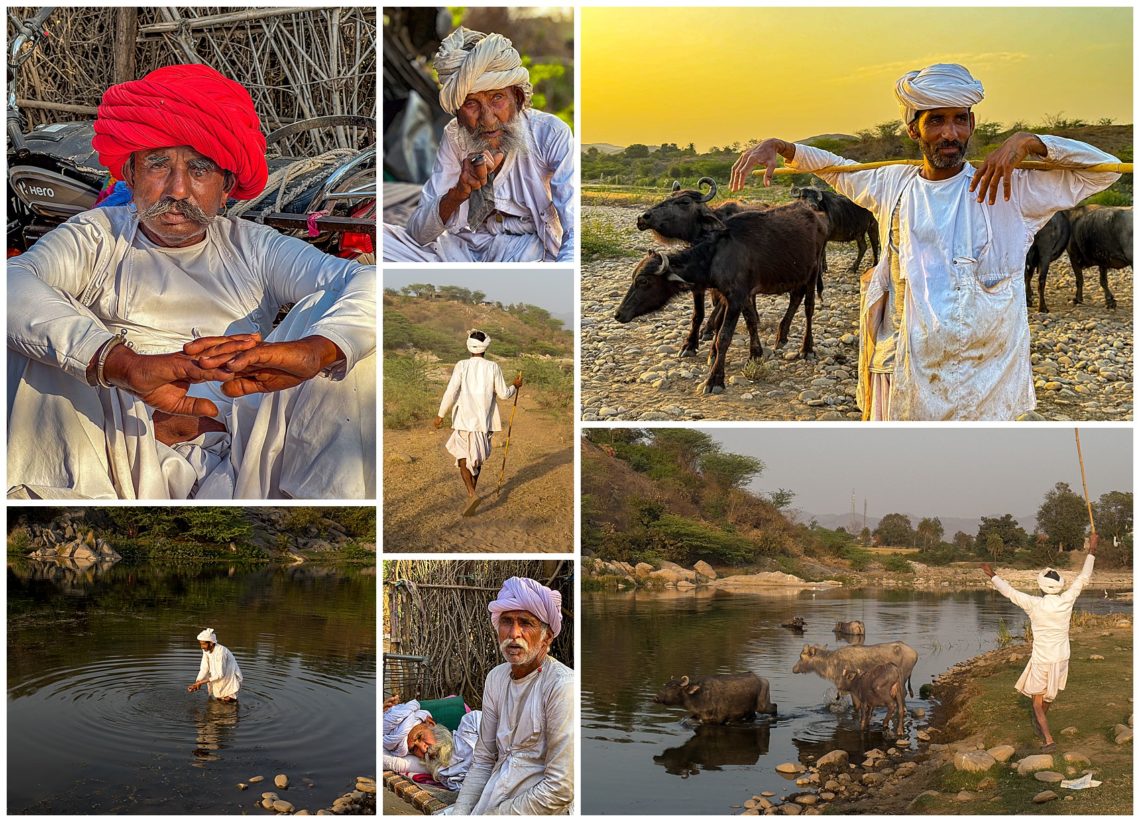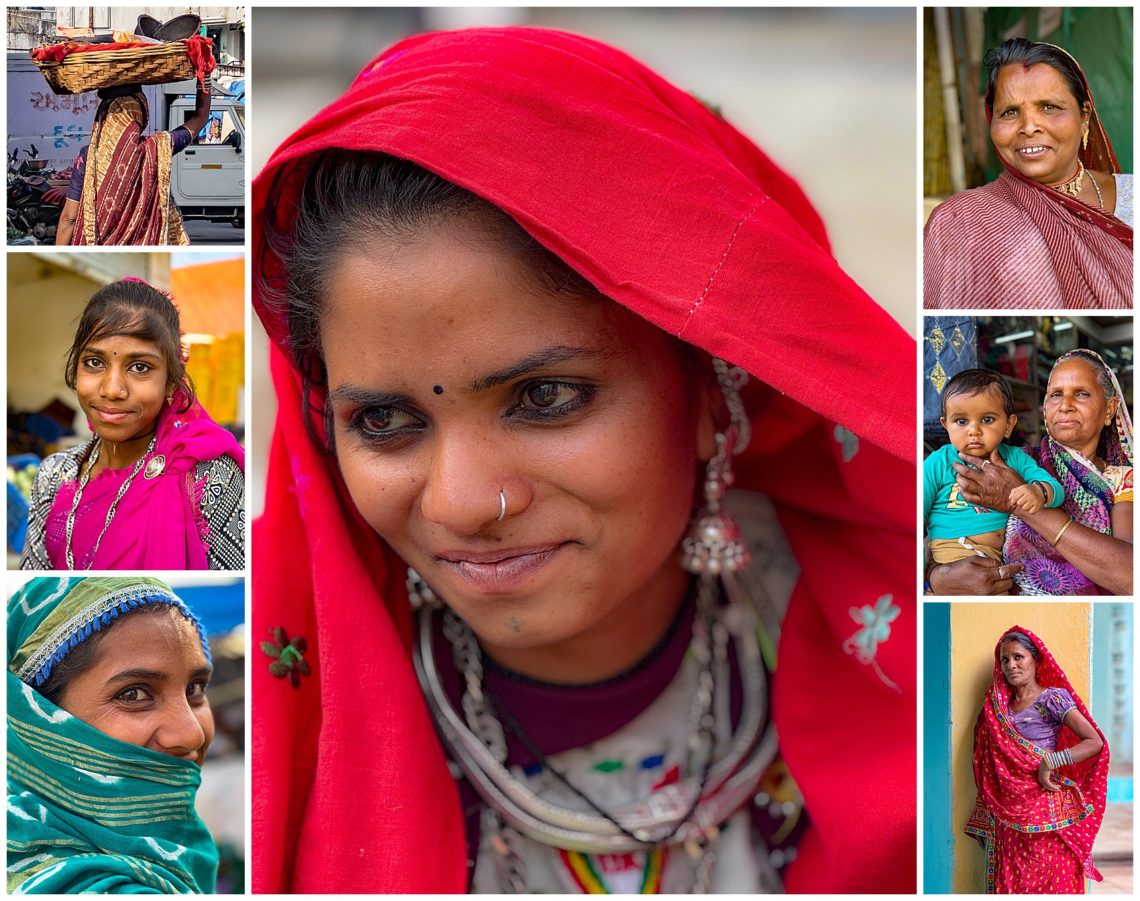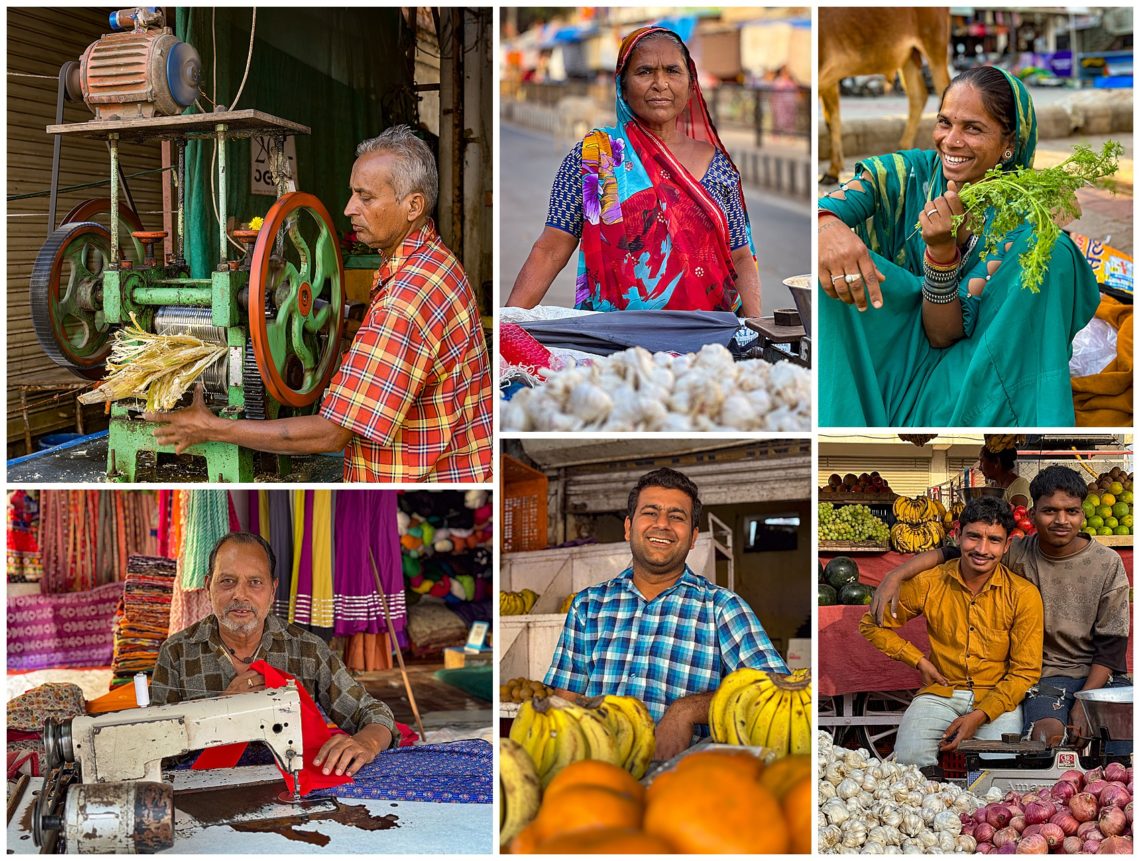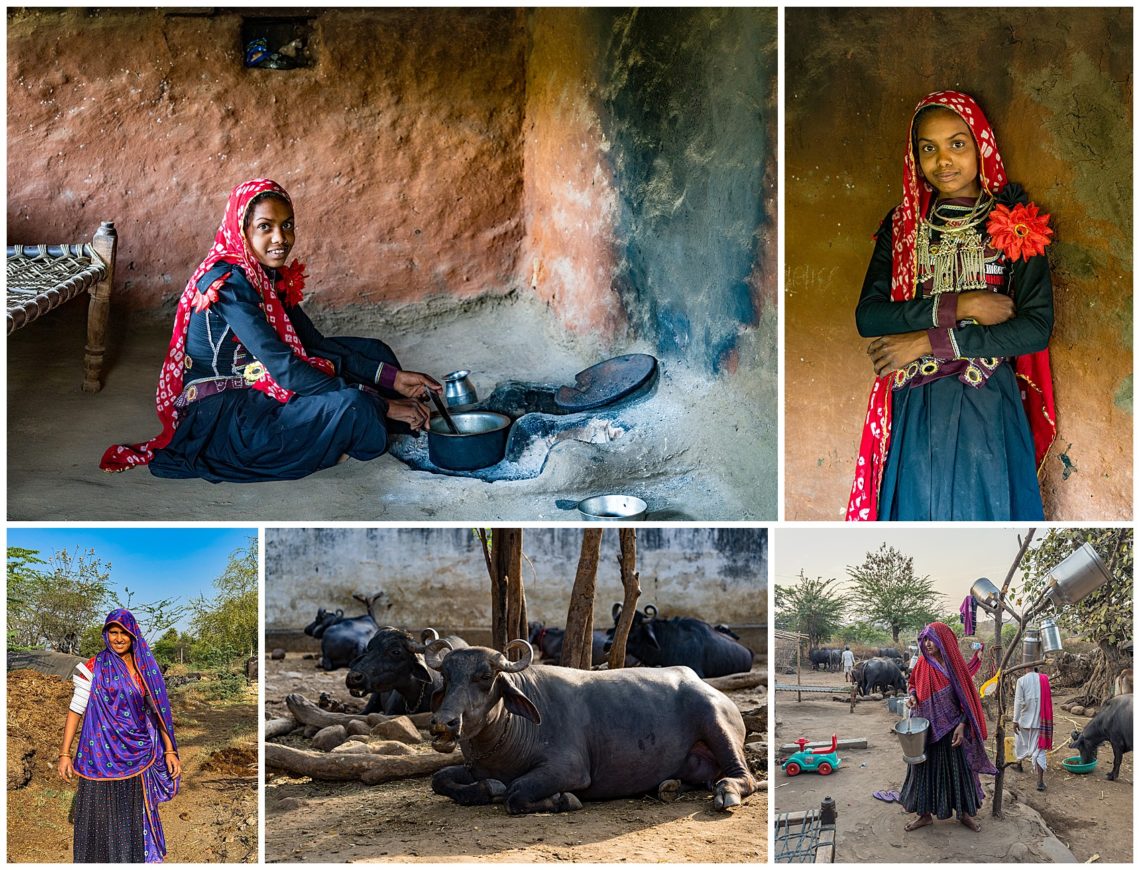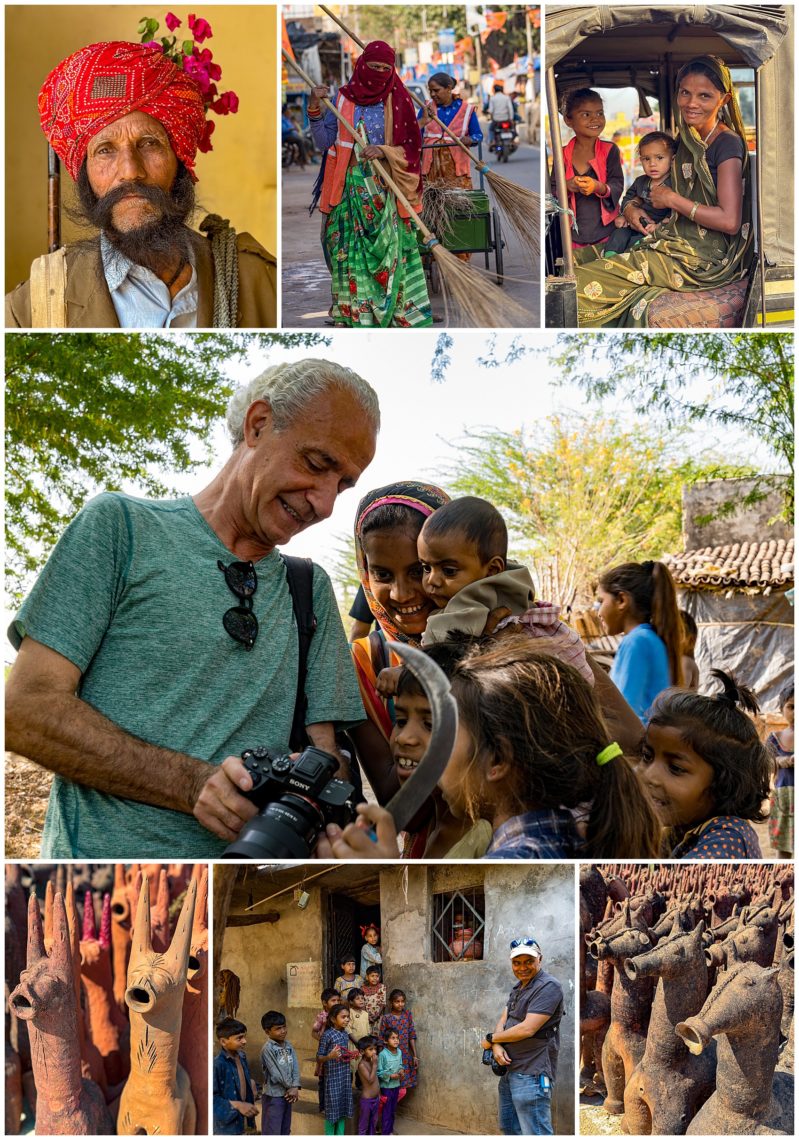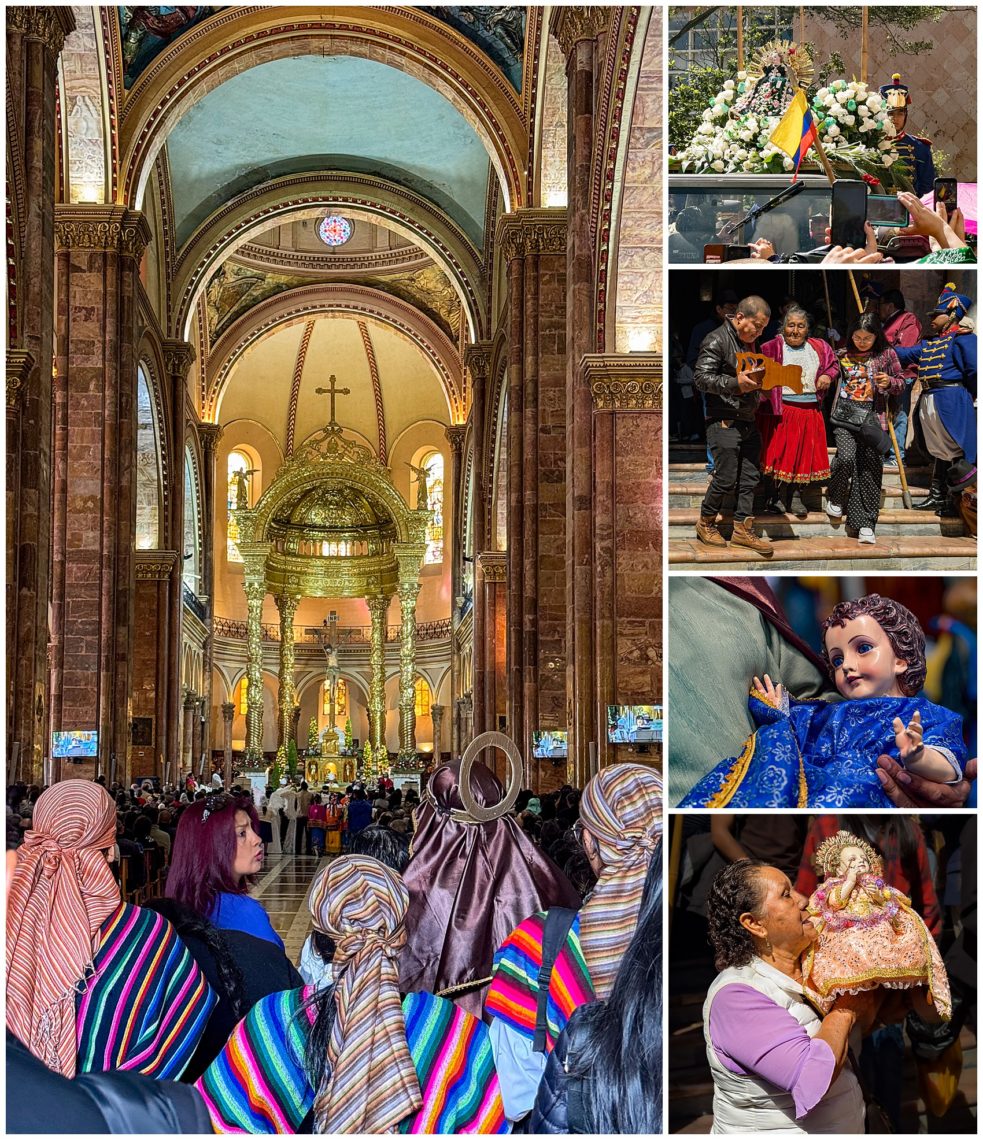
Pase del Niño is considered the largest parade in Latin America, depicting the journey of Mary and Joseph to Bethlehem. This year, it was estimated that 200,000 viewers watched from the sidewalks, rooftops and balconies, with as many as 50,000 participants. At the start of the day, there was a mass on the morning of Christmas Eve, at the new Cathedral. This year, the Cardenal Luis Cabrera carried the Traveling Child to the transport in front of the church after mass. In the 1960s, a priest from Cuenca traveled across Europe, with a doll of the child Jesus, which was created in 1823. The trip included a visit at the Vatican, at which time Pope John XXIII blessed the doll. When the priest returned, the local newspaper declared “The Traveling Child Has Returned !” A parade was then given in honor of this blessed doll, which became the annual Pase Del Niño Viajero parade.
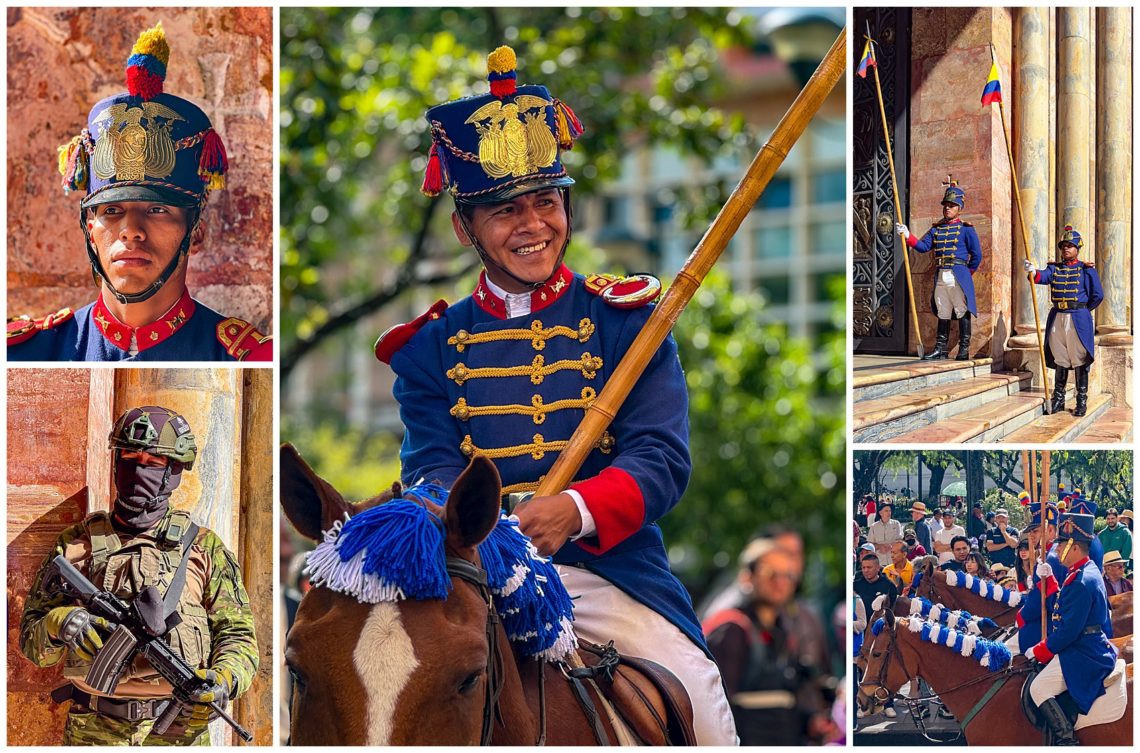
Accompanying the Niño Viajero (“Traveling Child”) are the Grenadiers de Tarqui, the honor guard service of Equador. For the first time, we saw military with machine guns standing alongside the honor guard service regiment (lower left).
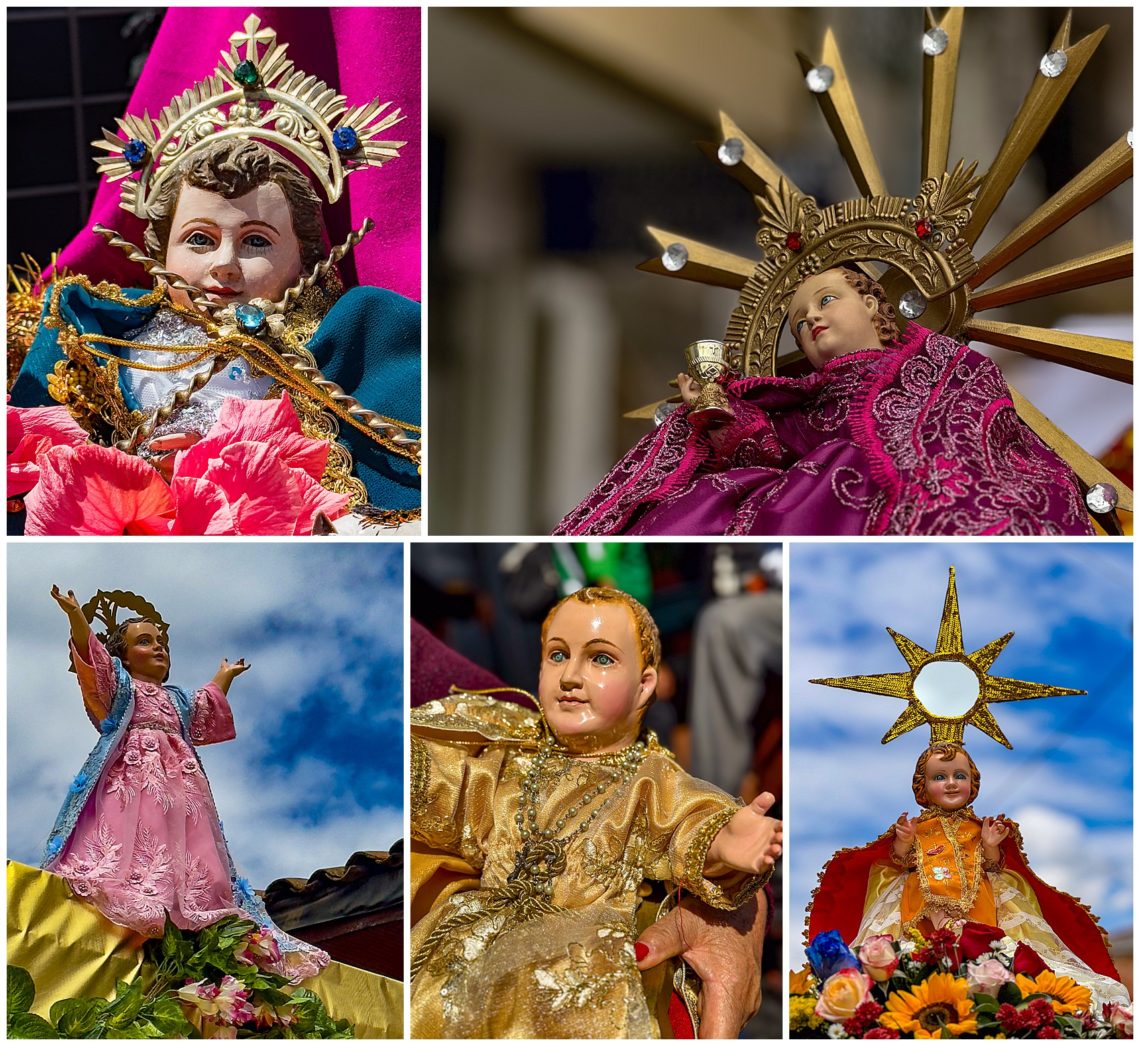
The parade itself is actually a collection of smaller parades, mostly from Cuenca and surrounding towns. Each group has their own image of the Christ Child and some villages prepare for this event a year in advance. Many villages celebrate for the 3 months leading up to the Christmas Eve pageant with a series of mini parades. A few of the statues of the Christ Child are shown above.

It was a hot morning this year, and people were parched. There was an abundance of food for kids and adults. Hornado de Chanco is a favorite (left center). For more than 55 years, the Cornejo Solano family has donated a drink equivalent to an alcoholic Ecuadorean egg nog called chicha, served by the bomberos (firemen) at the back of their firetruck (top left) along the parade route. Some people brought empty liter bottles to fill and take home.
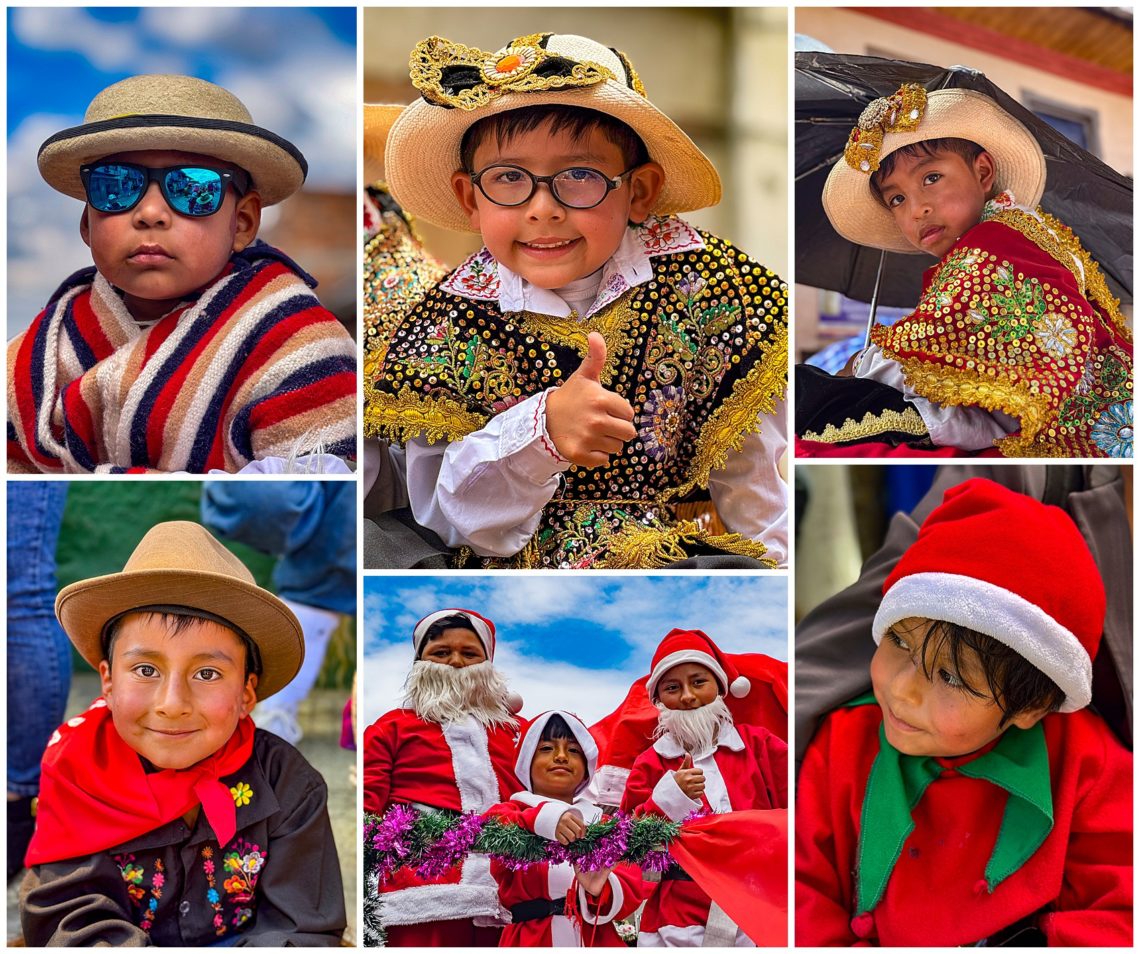
As always, the children were a delight. There were lots of kids on horseback, dressed as Santa, elves, cowboys, and action heroes. Some were riding on the floats, while others marched along the procession.

The little girls participate in the parade at a very young age, and some are quite shy in front of the camera. Violeta became one of Evelyn’s WhatsApp friends, when she saw her photo (Top right). There is no shortness of cuteness.
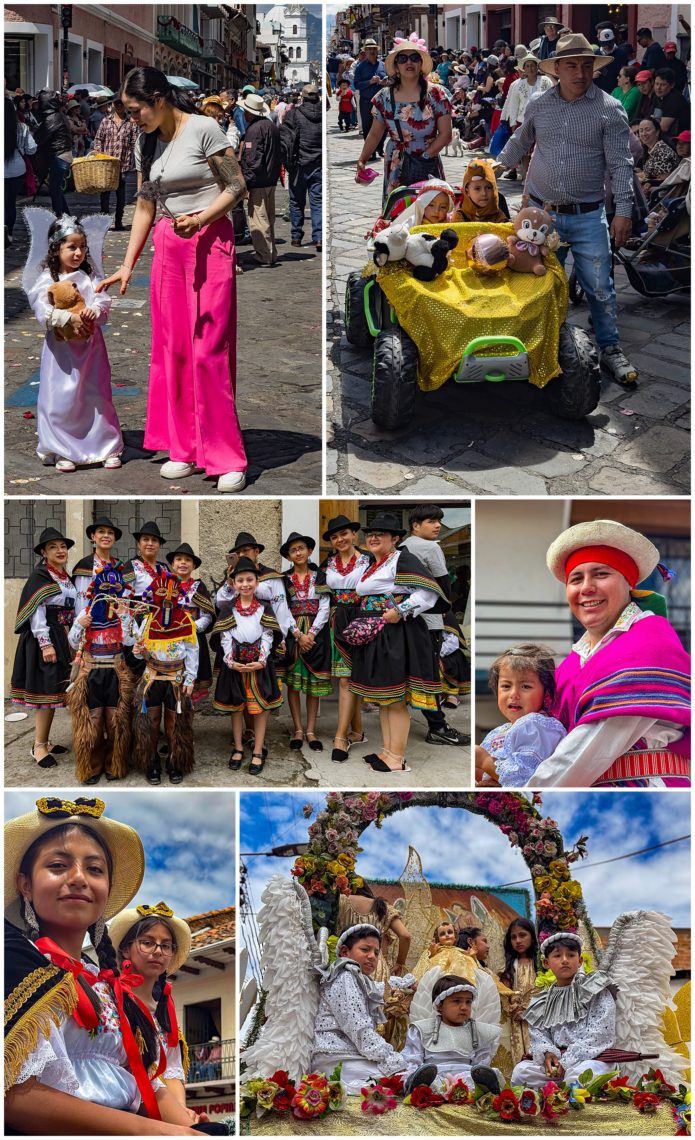
The parade is a family affair, with many coming together to create their own colorful floats. The younger kids can ride on the floats or accompany their parents on horseback.
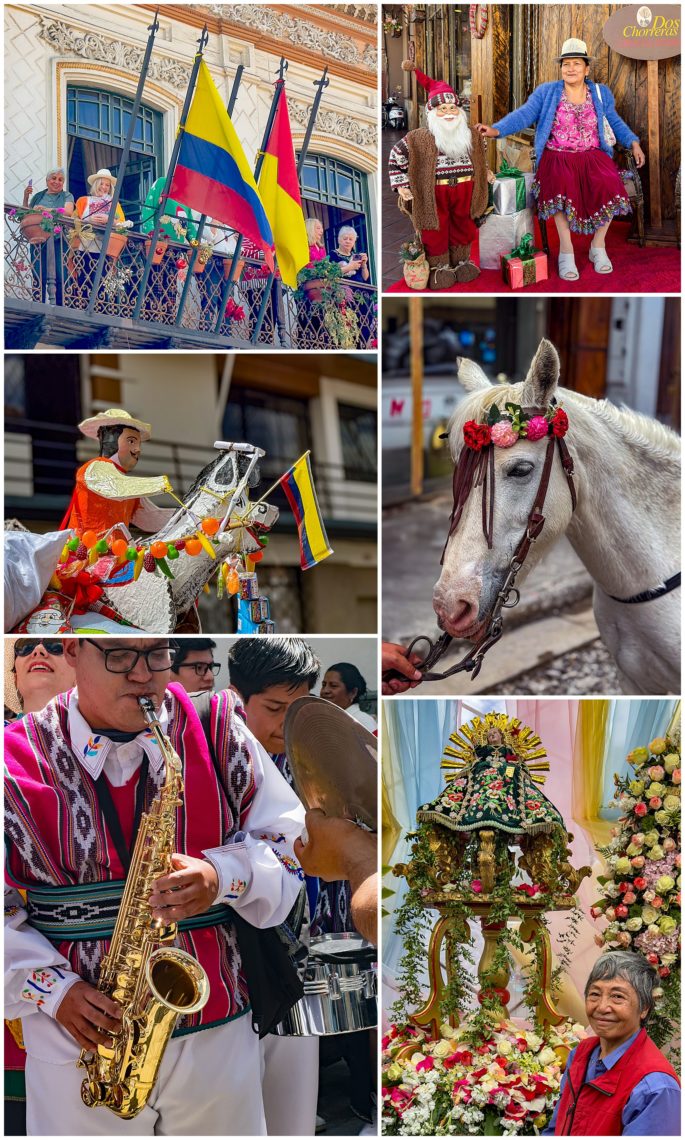
Then, there are the watchers. Our friend, Lorena, viewed the parade from a balcony at Hotel Alcazar (top left). Other viewers were getting their Kodak moment with Santa at the chocolate shop. Then, Evelyn posed with the statue of the Niño Viajero at San Sebastián Plaza (bottom right) where the official parade started late morning. People stood in line to receive their blessings. Even the horses were decorated (middle right).
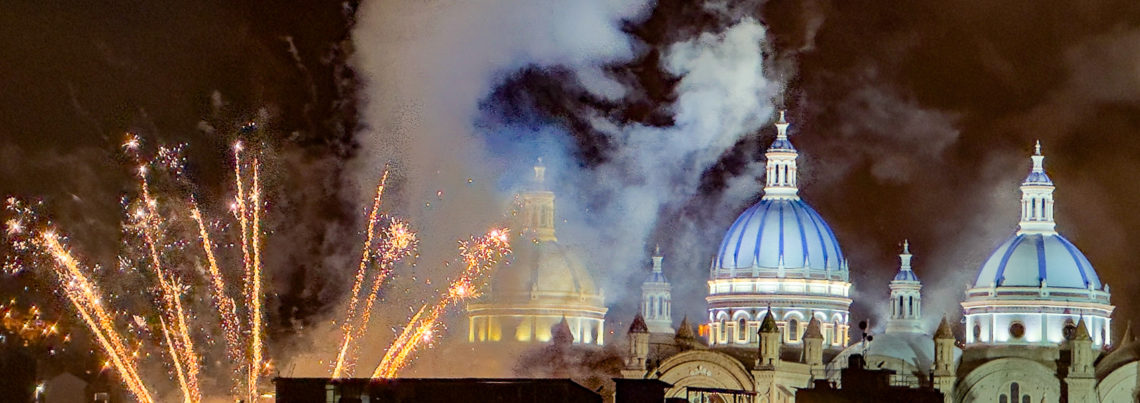
Fireworks occur almost every evening to celebrate the holidays. This is the view from our apartment living room window.
Pase del Niño Viajero 2024 — Christmas Eve in Cuenca, Ecuador.
Above is a two minute video to help capture the atmosphere of the parade, which lasted over eight hours.
